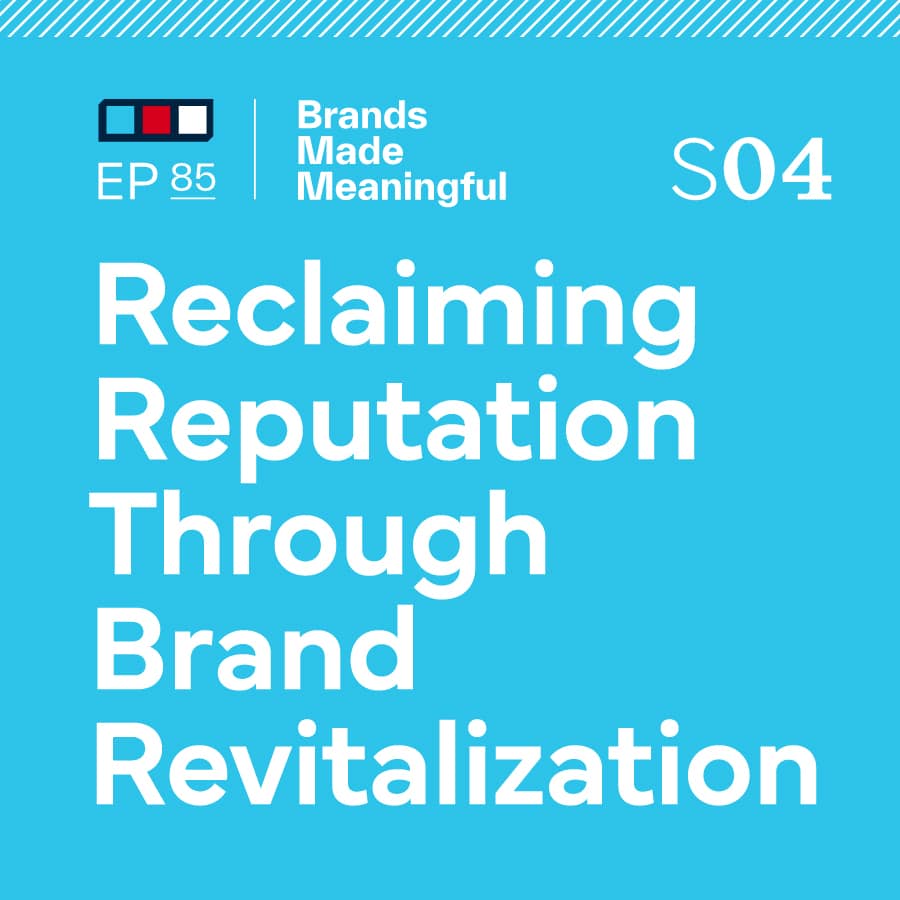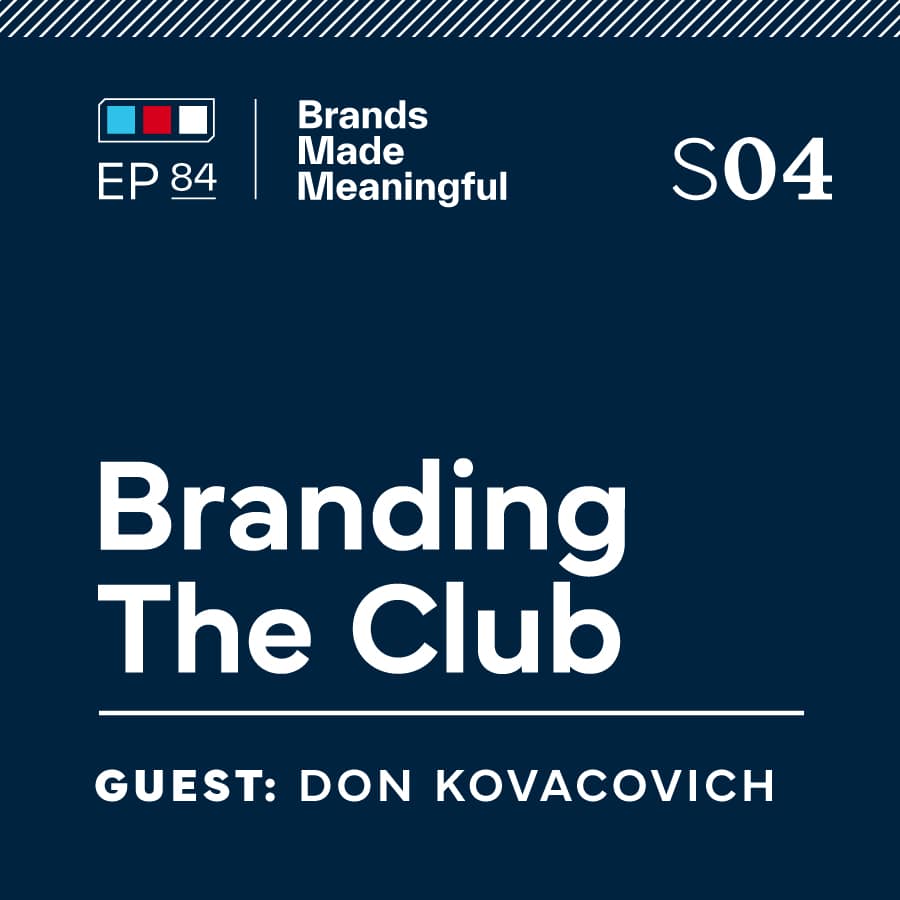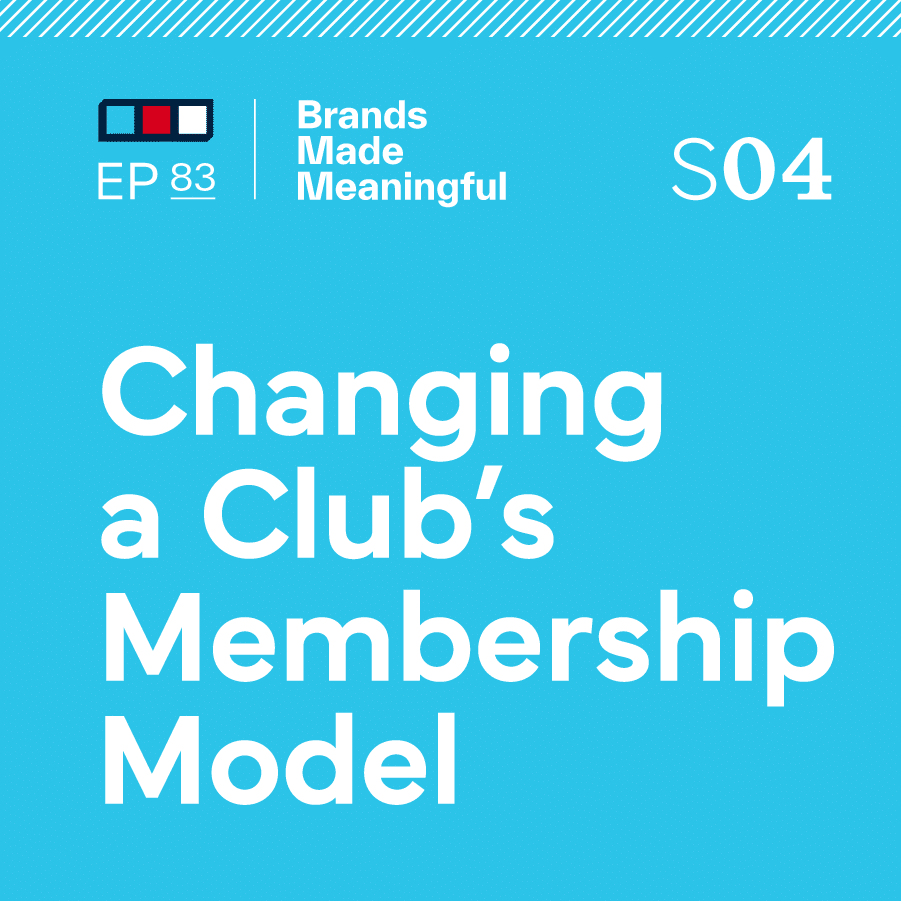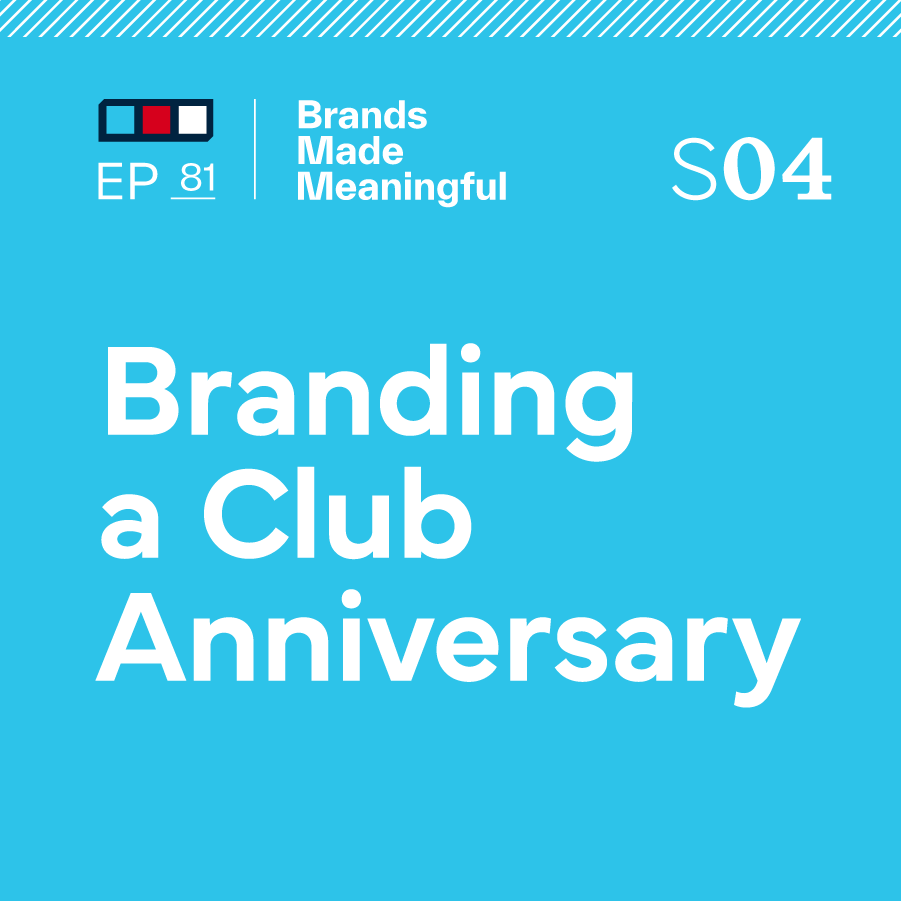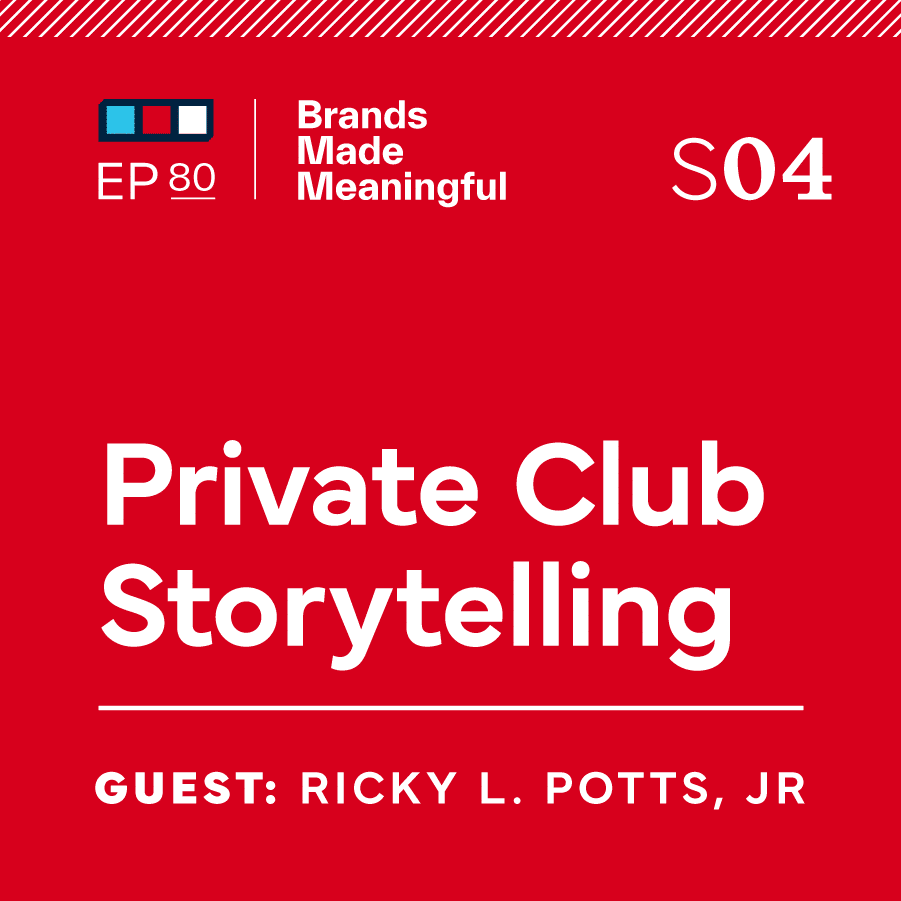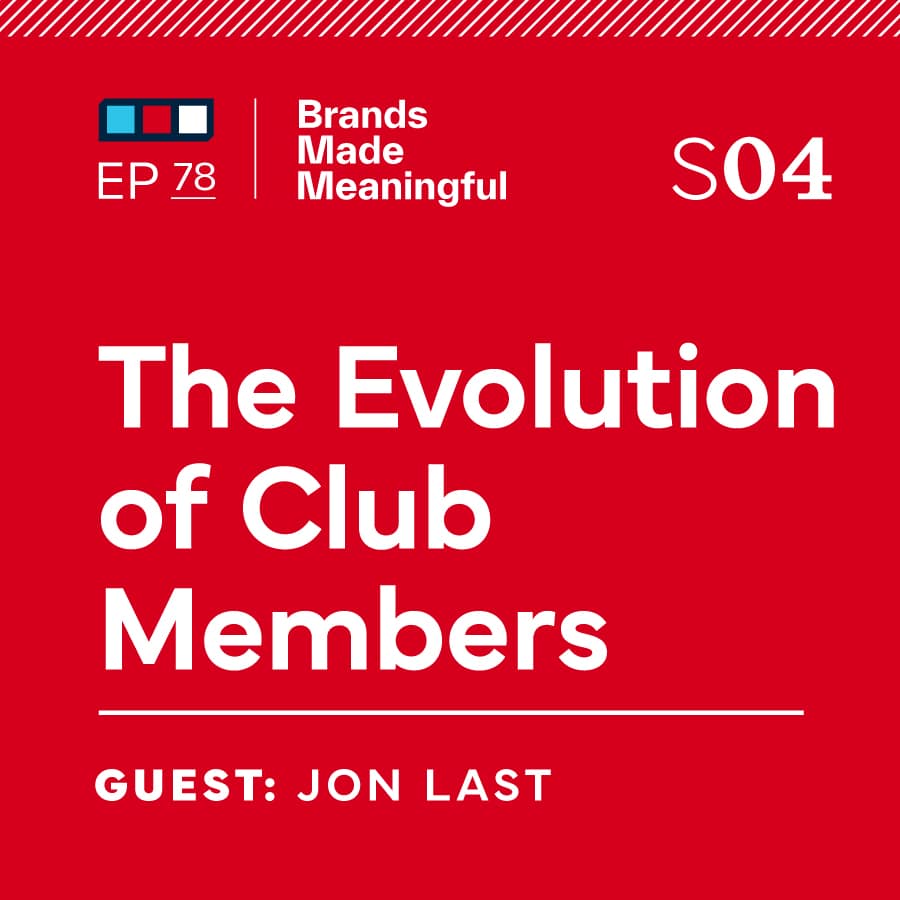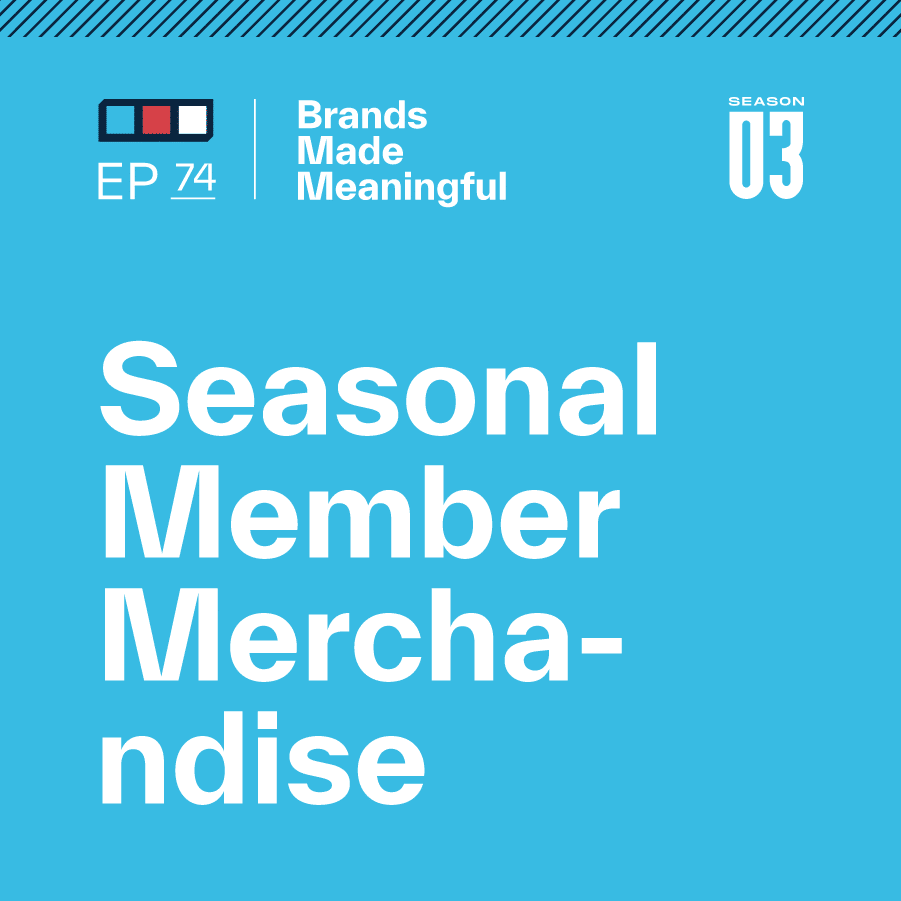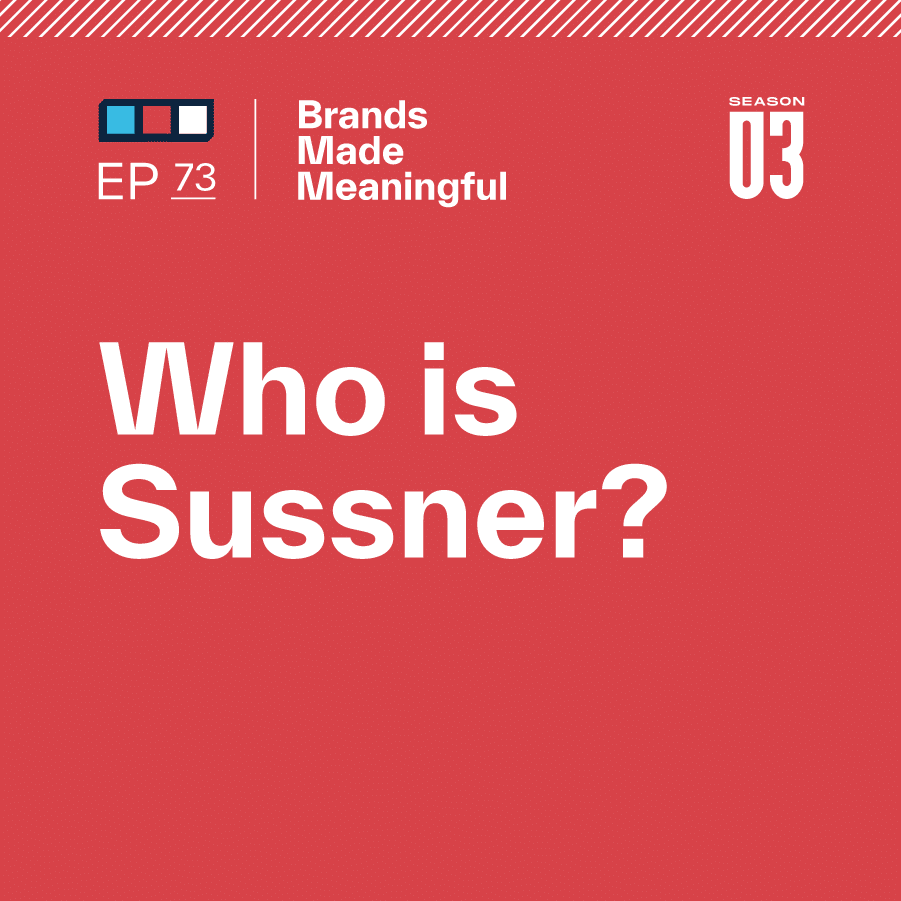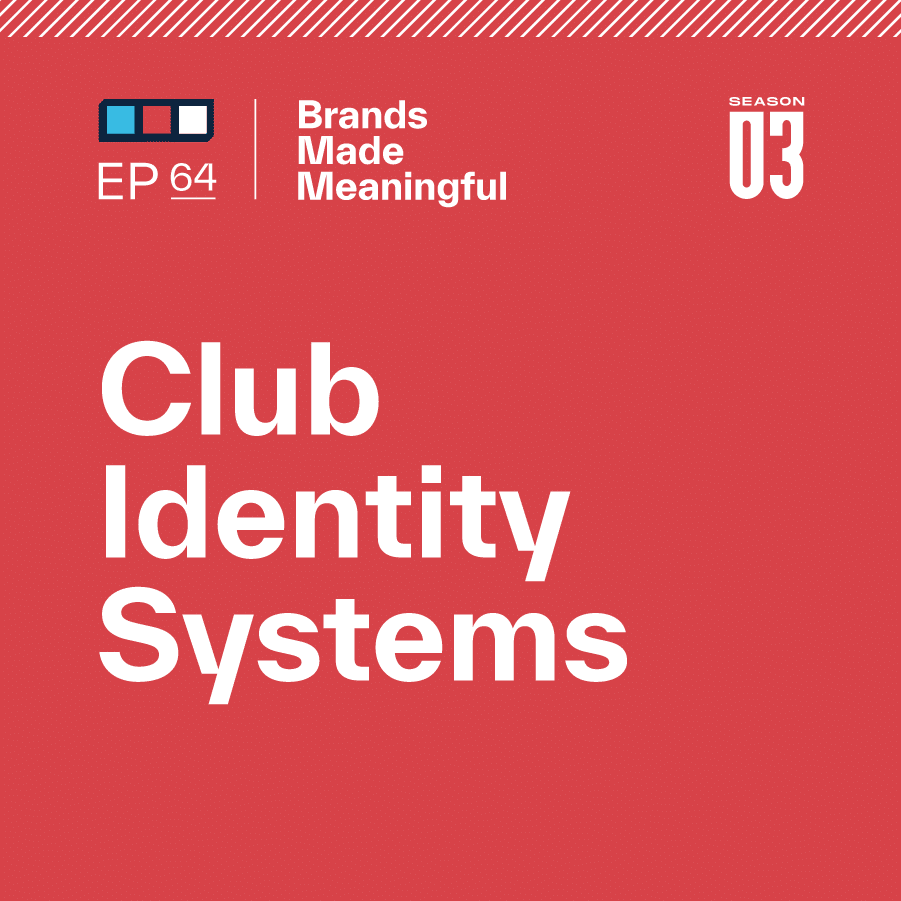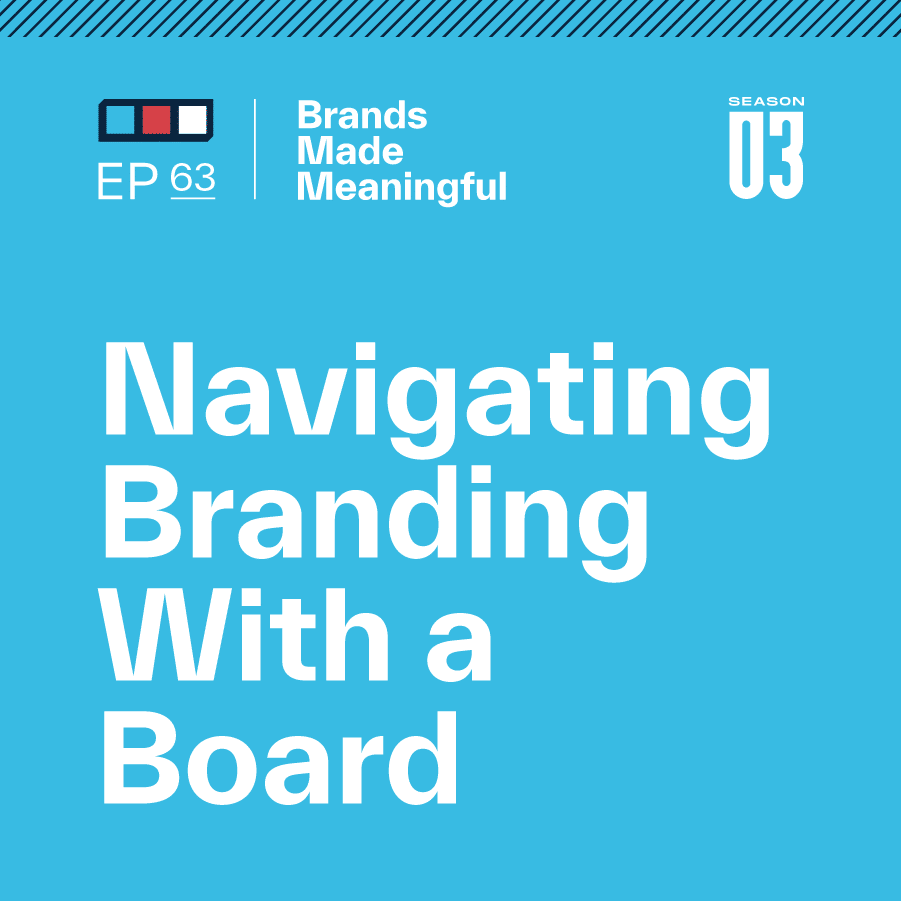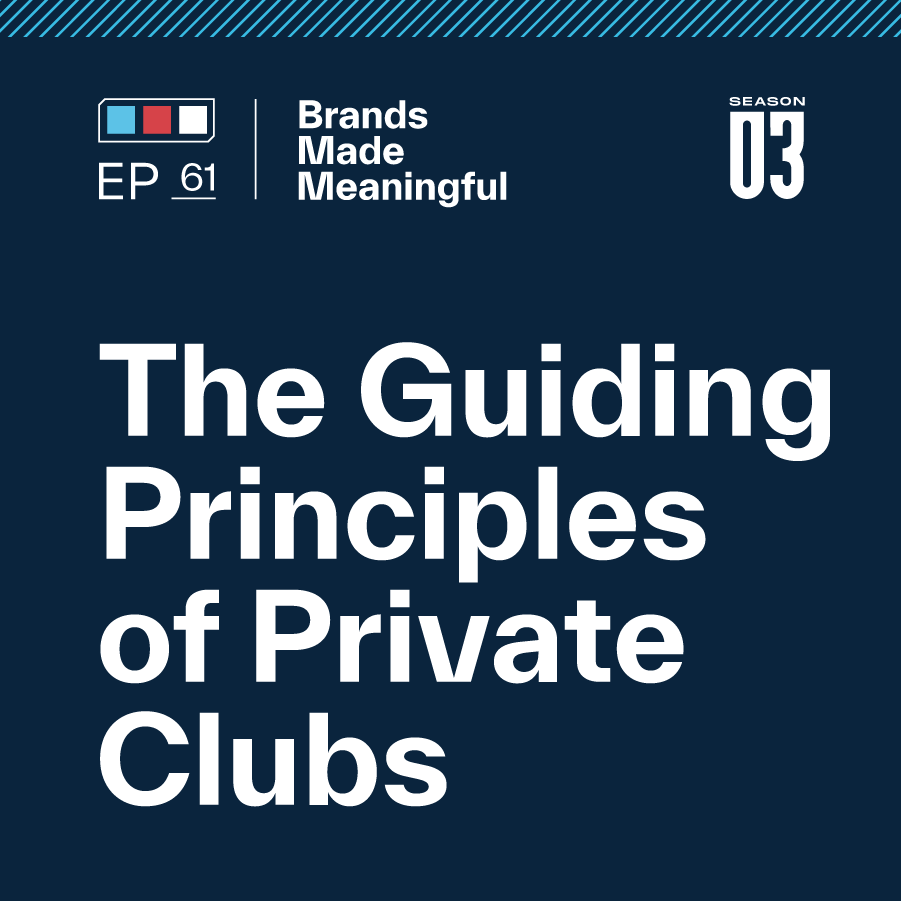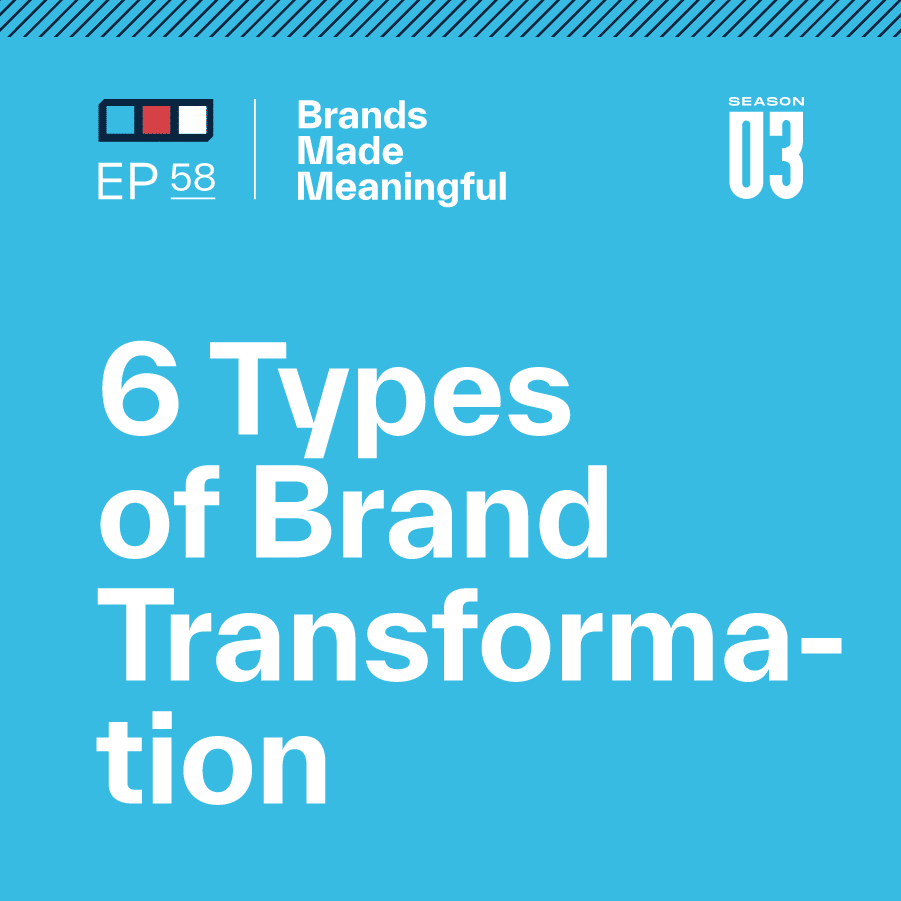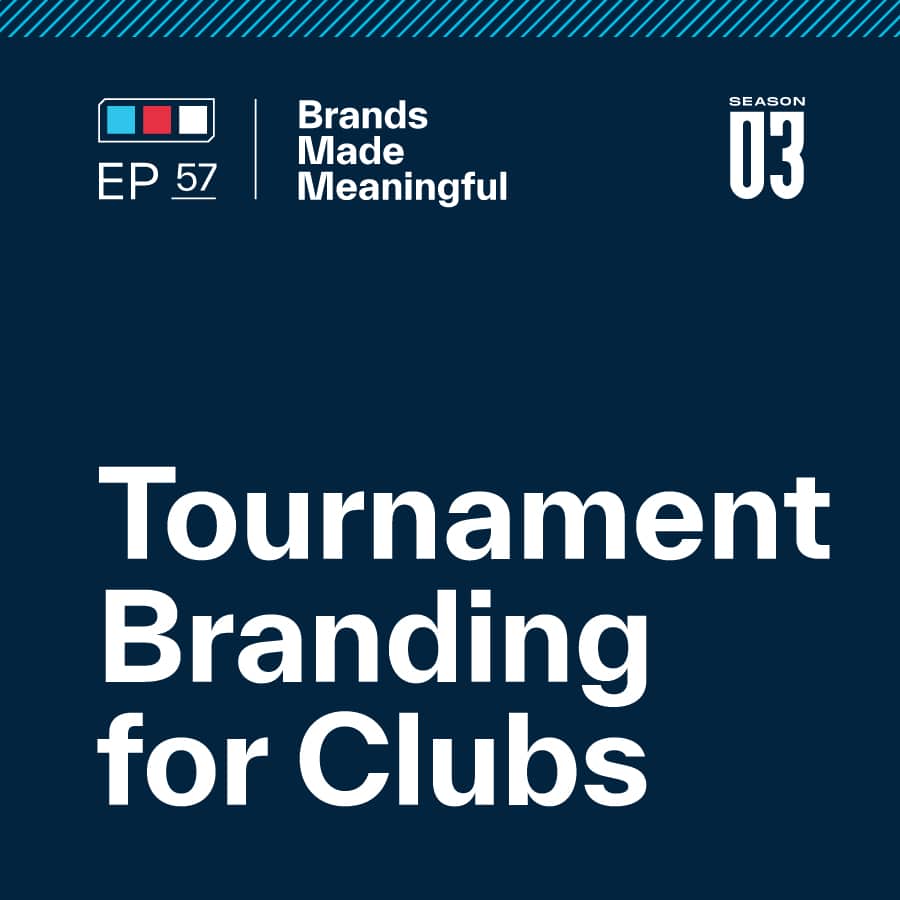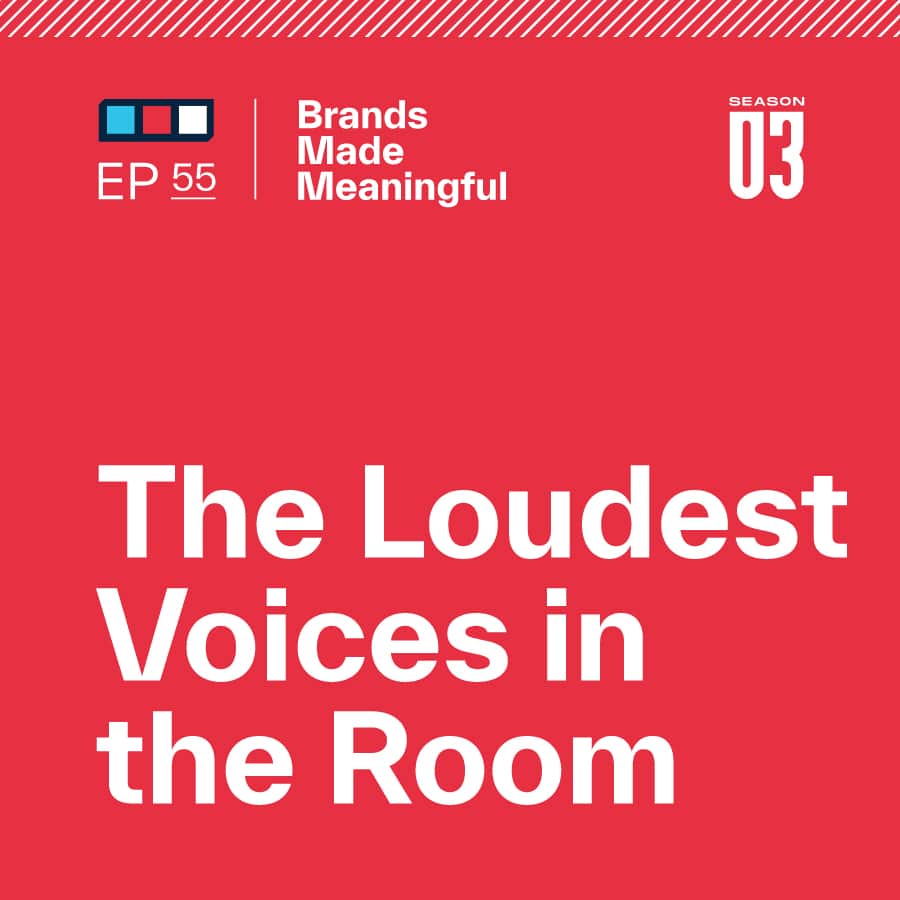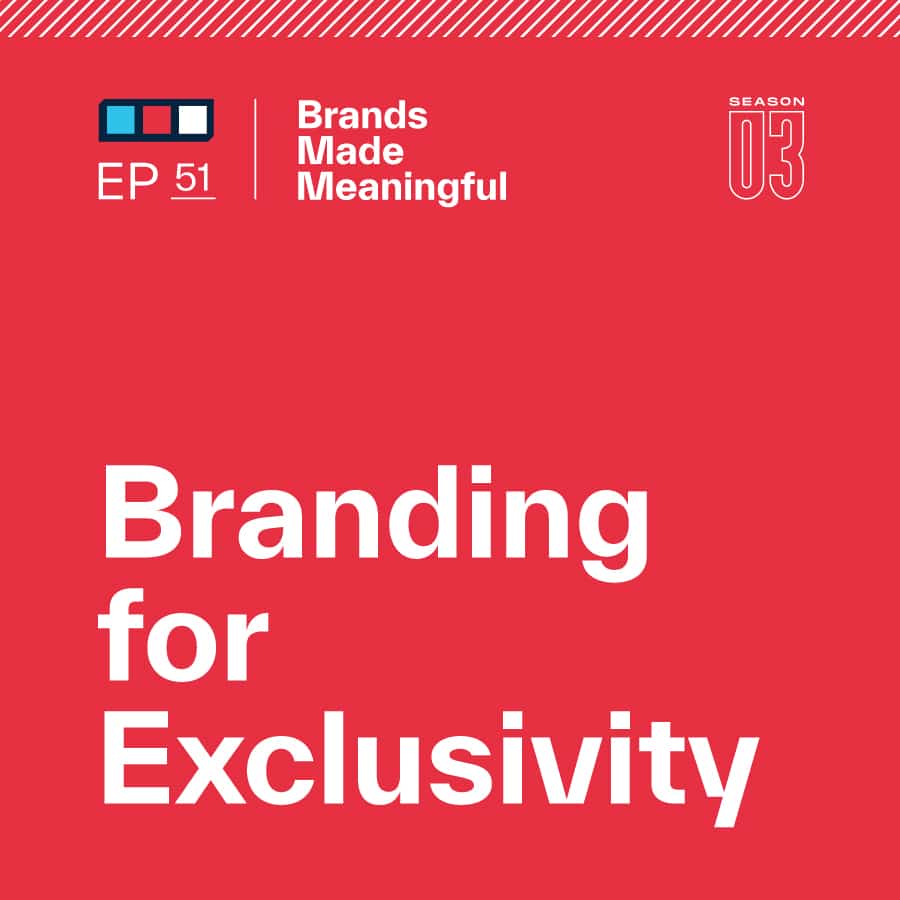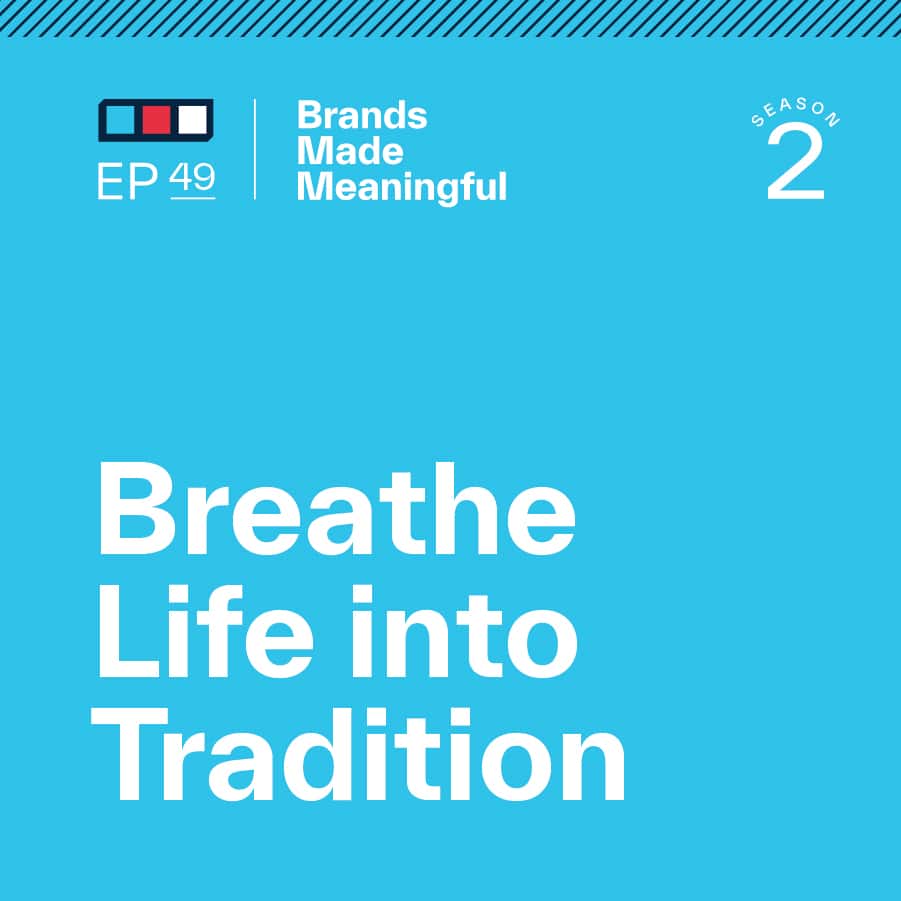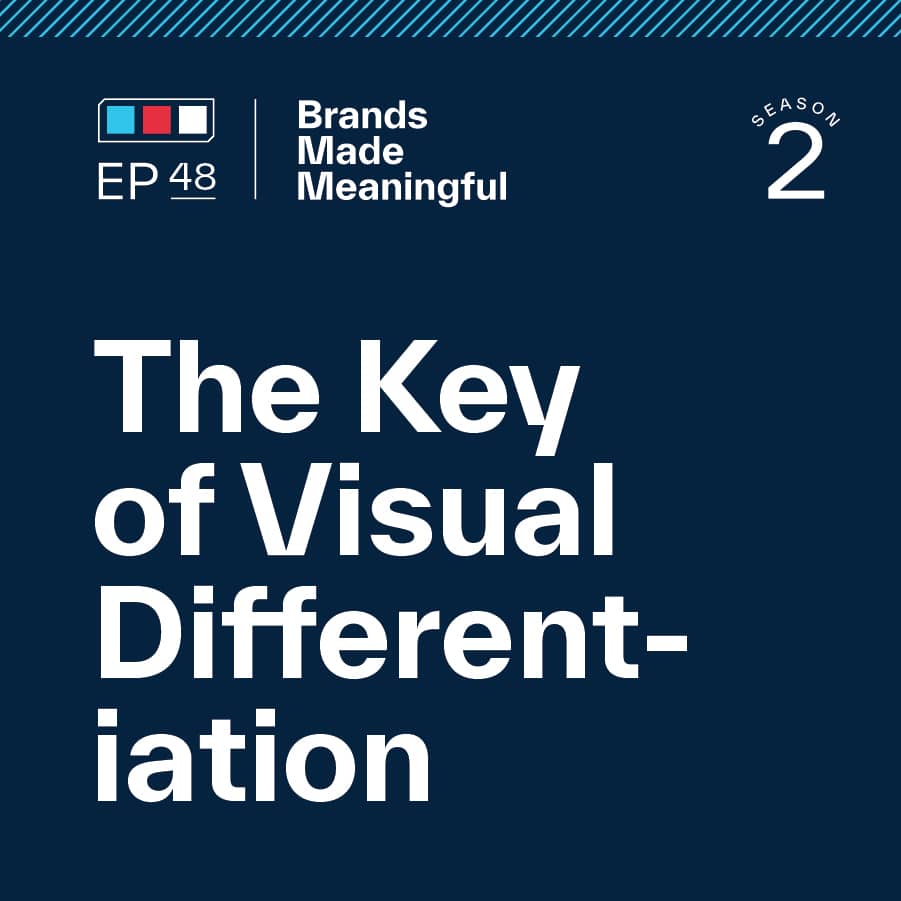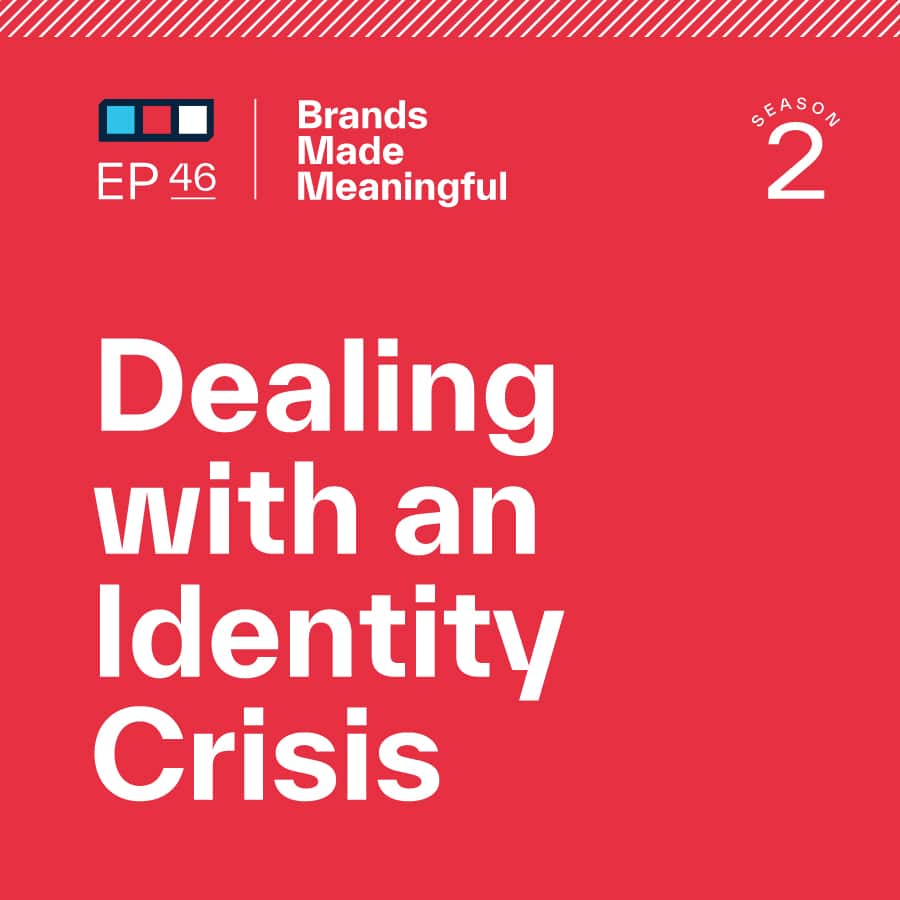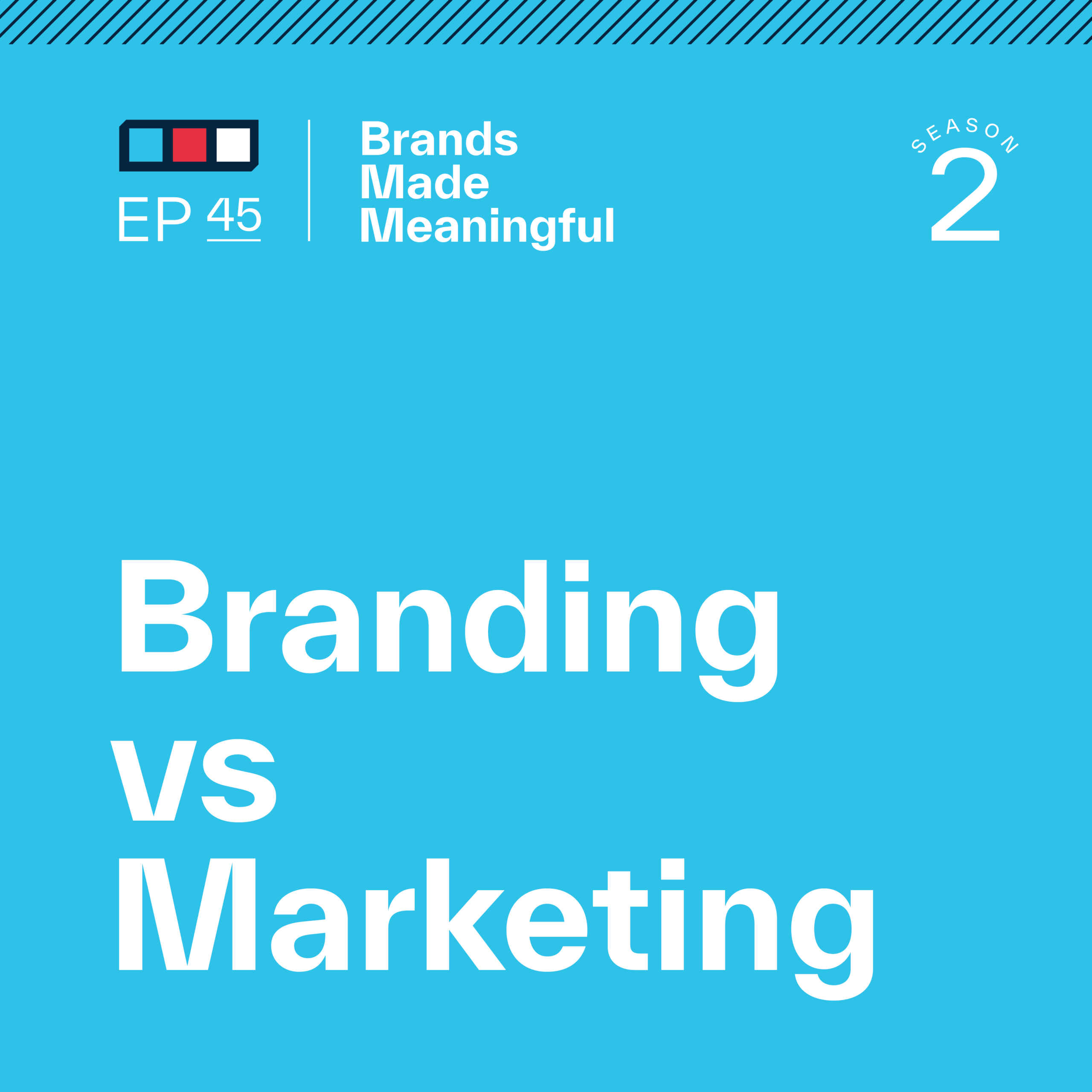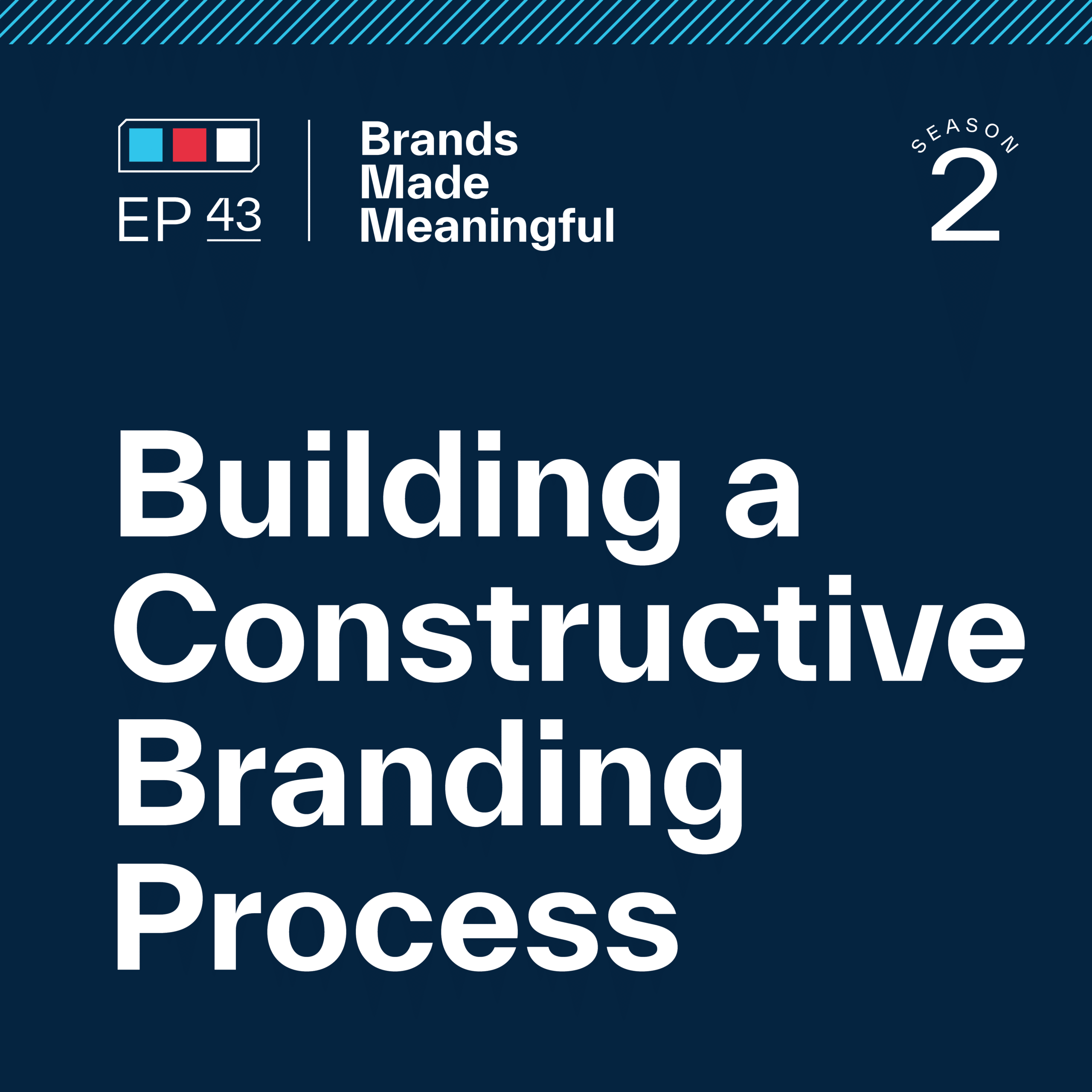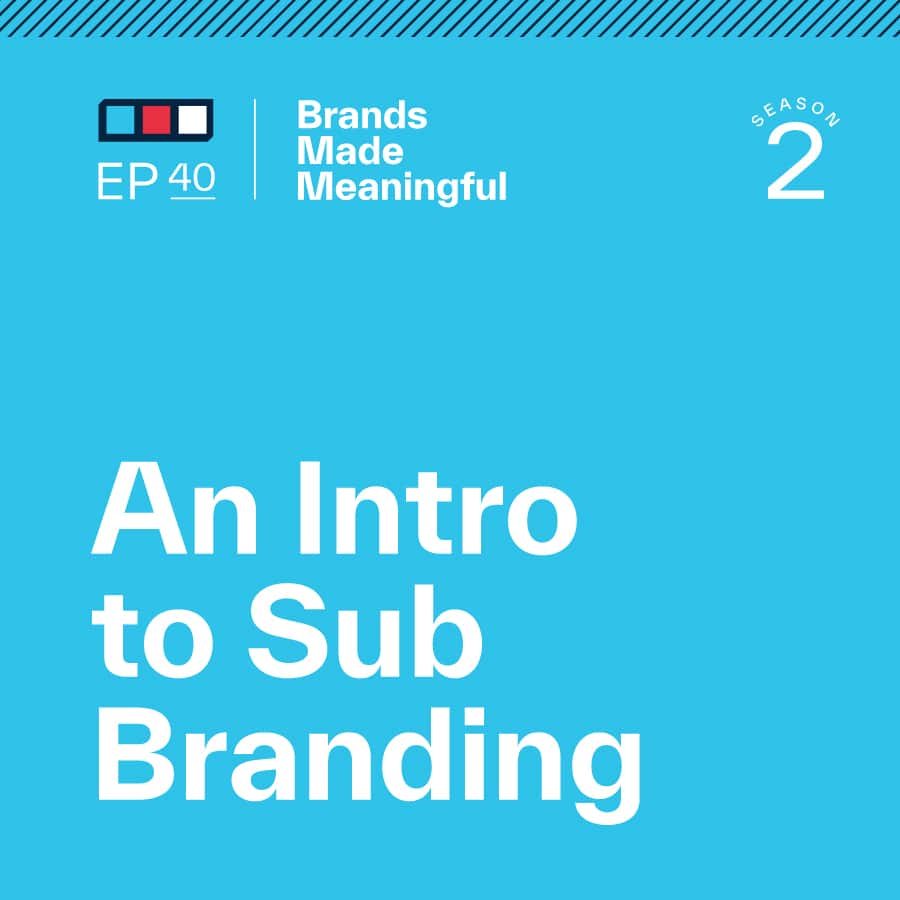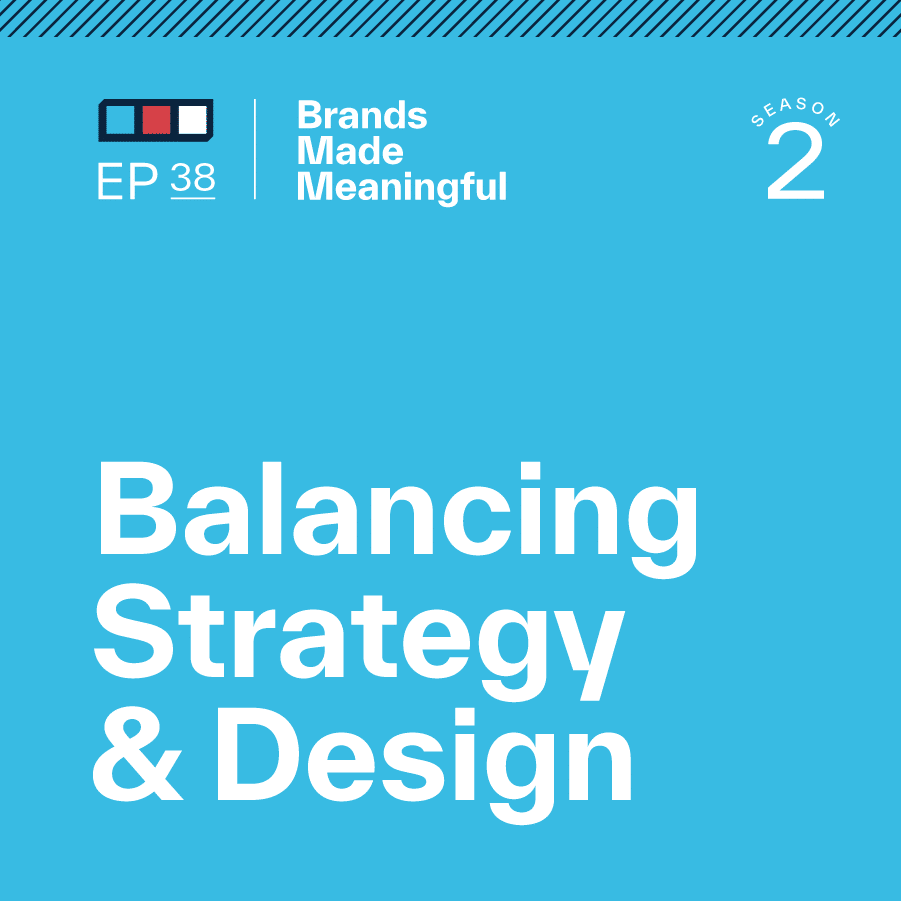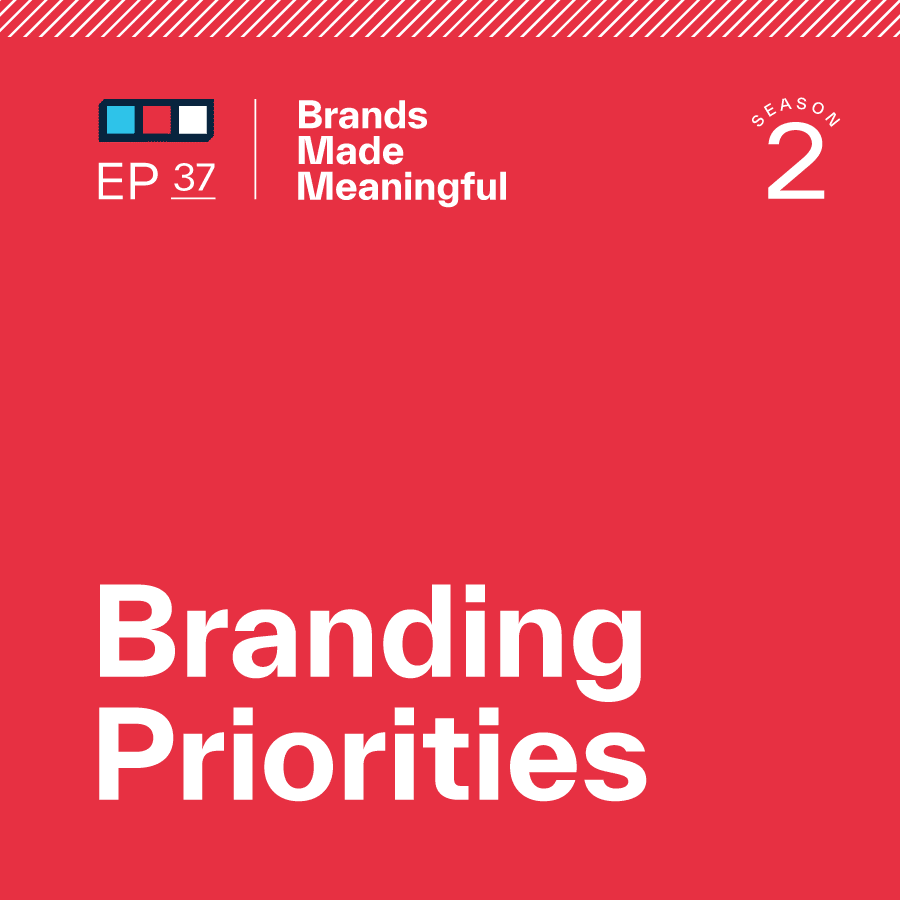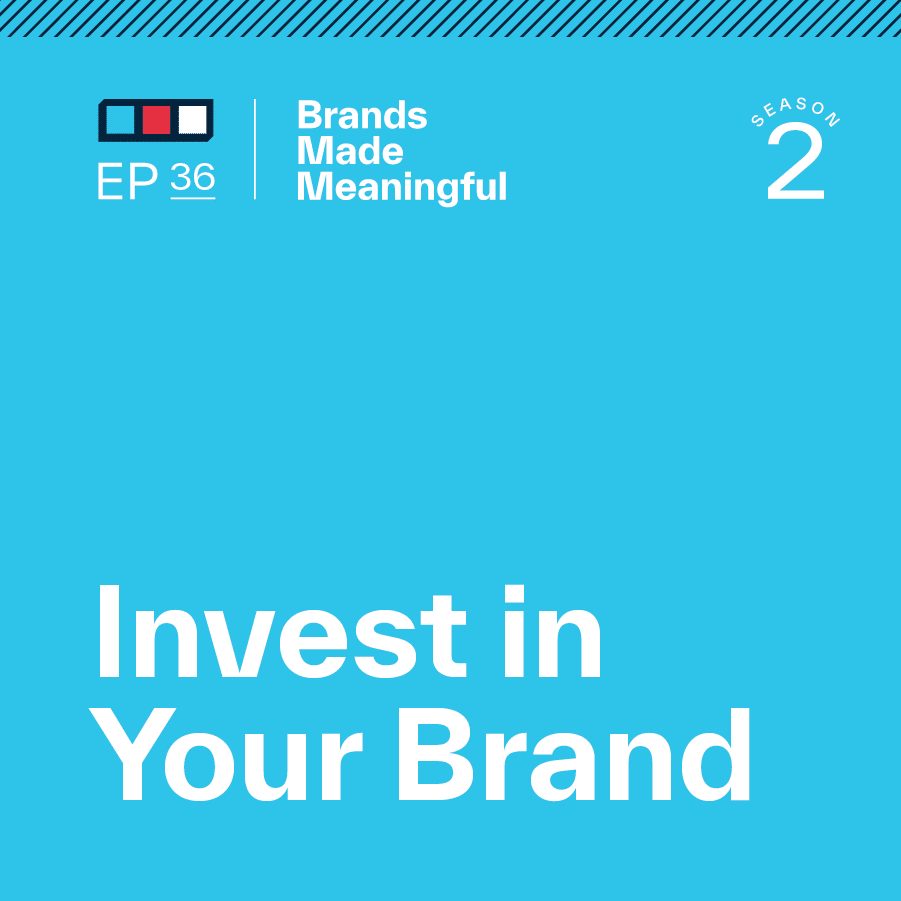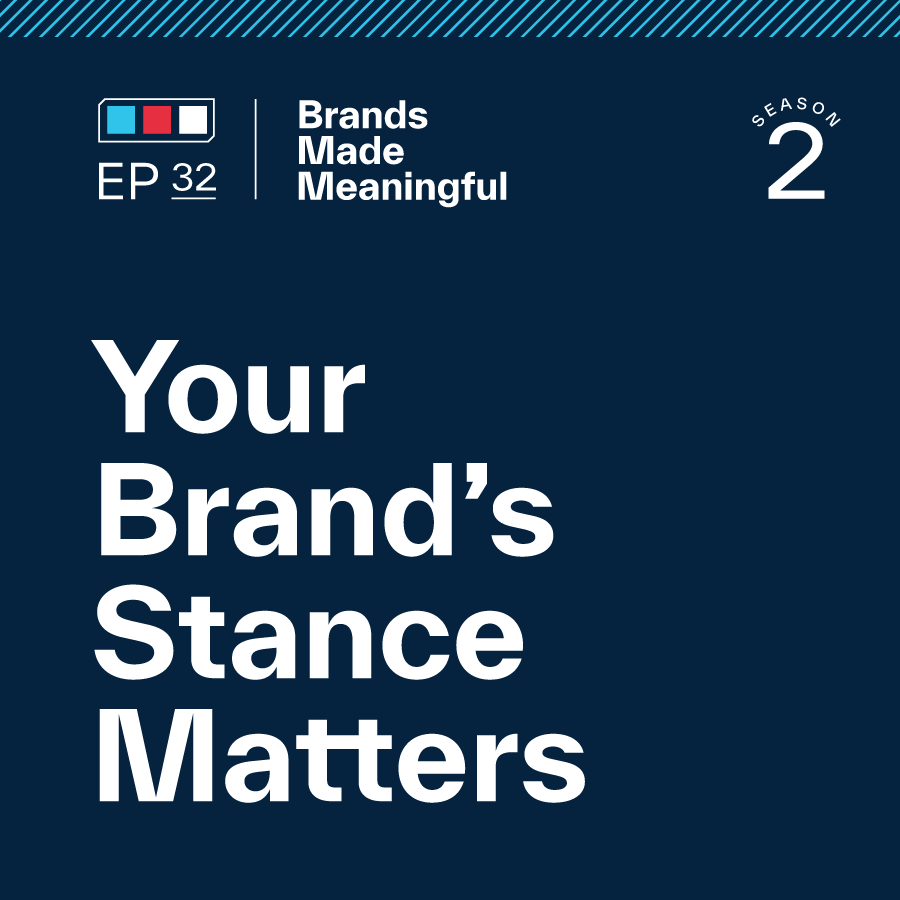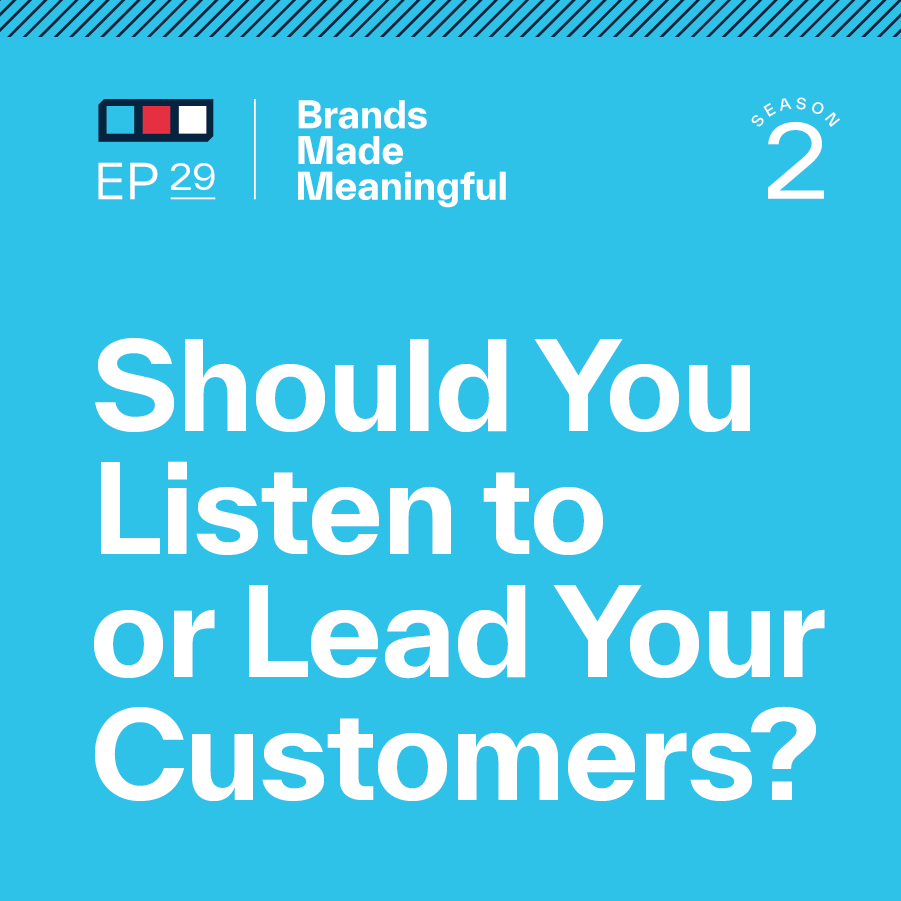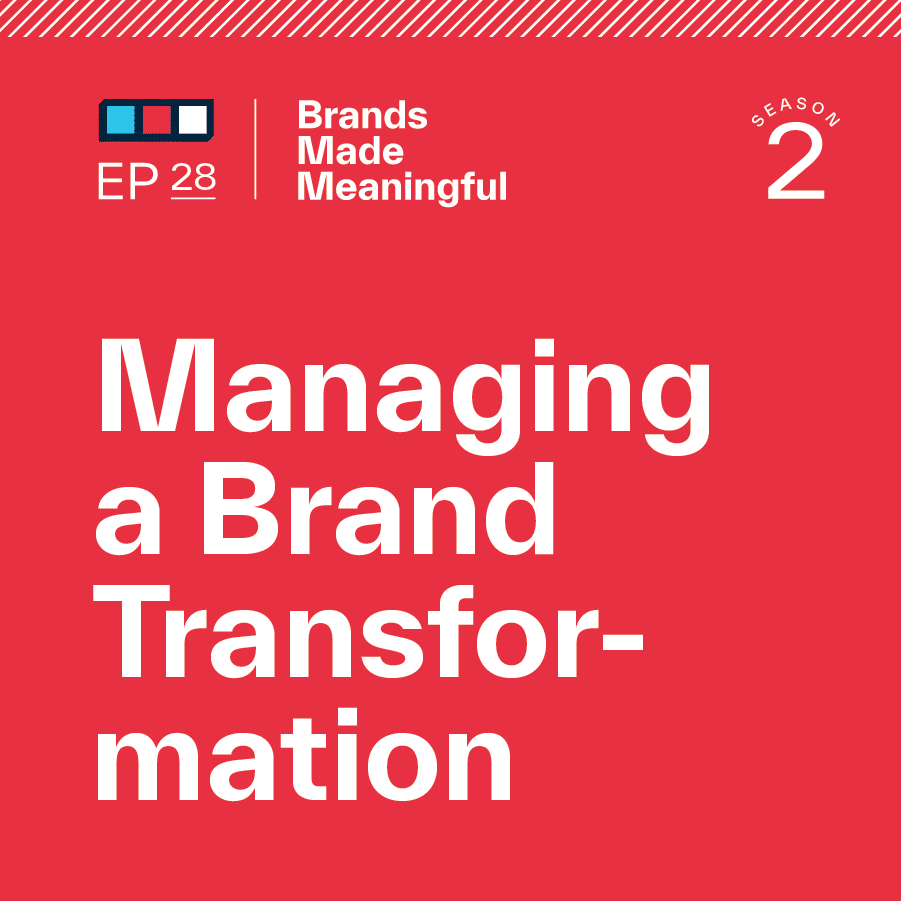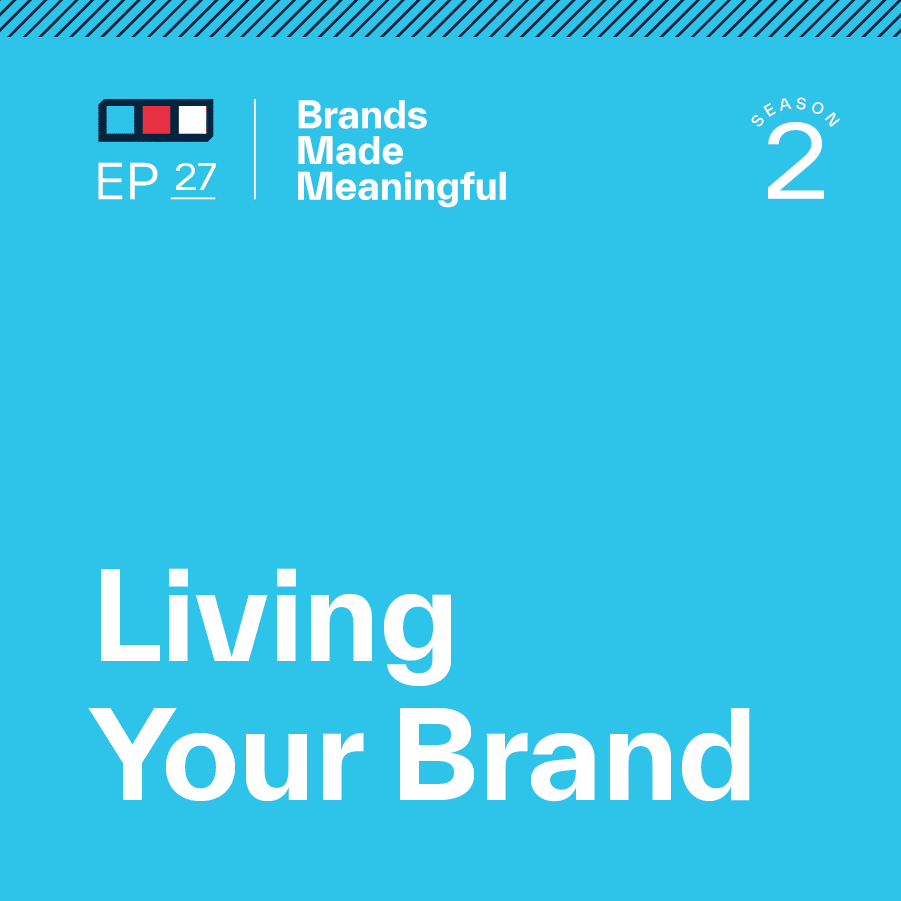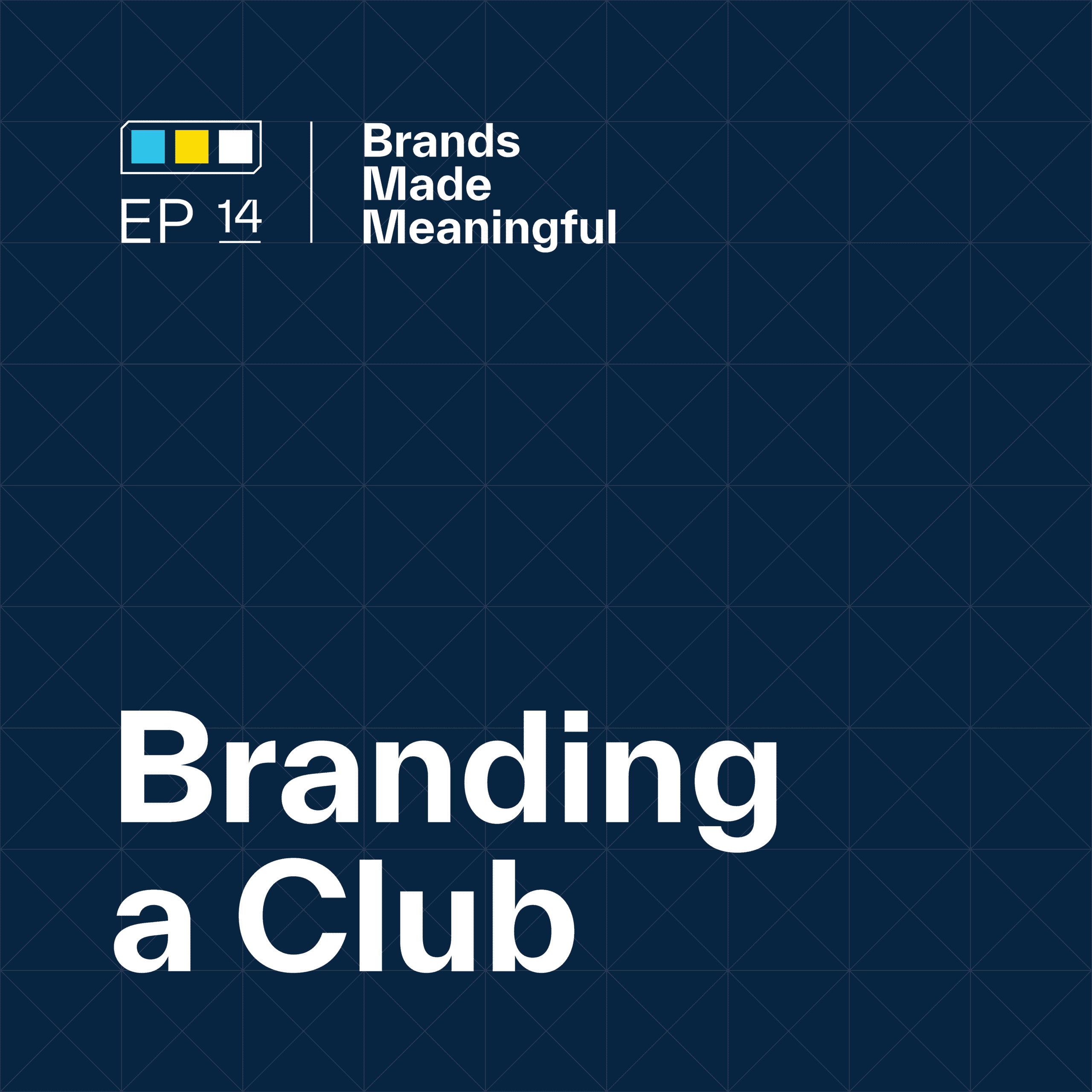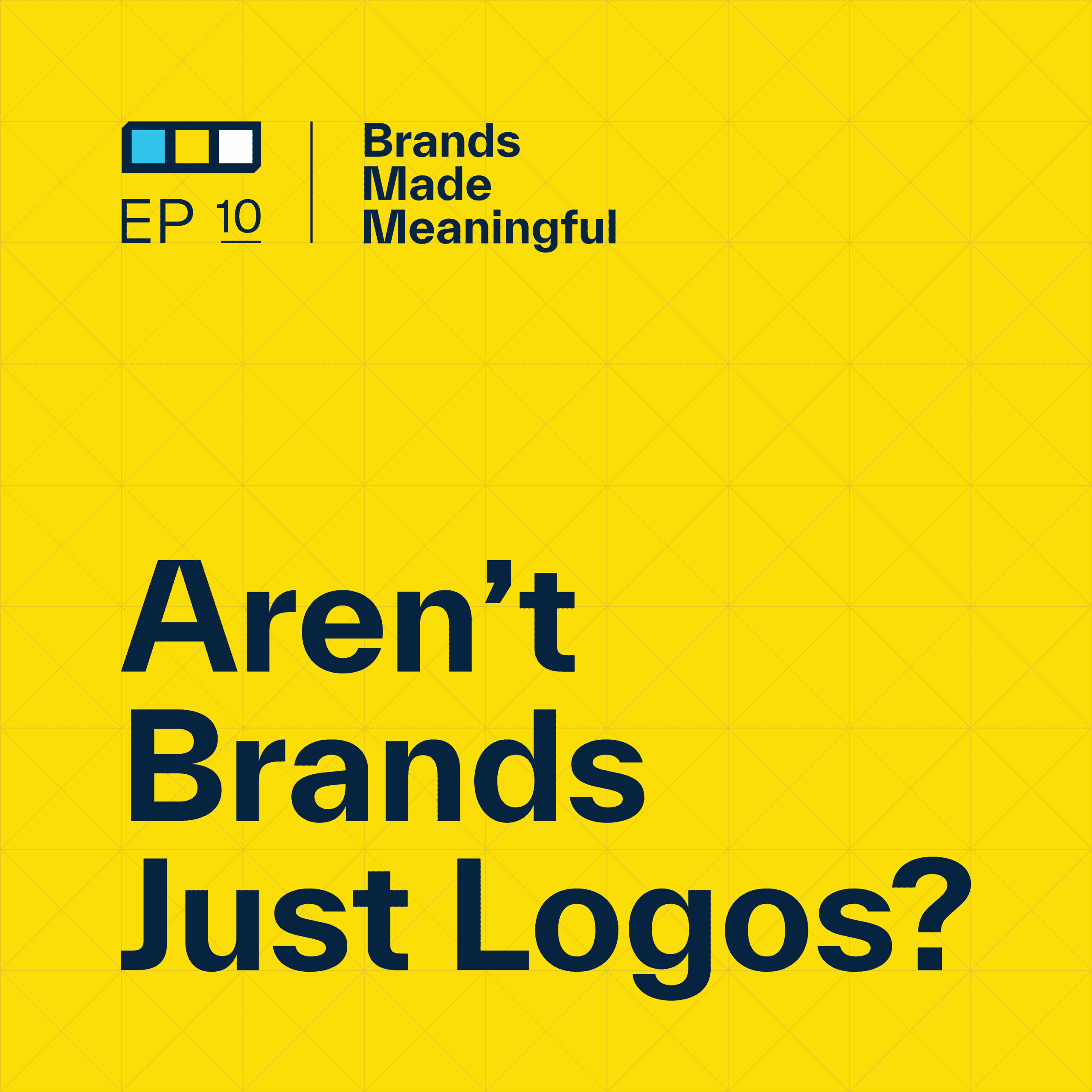EPISODE 69
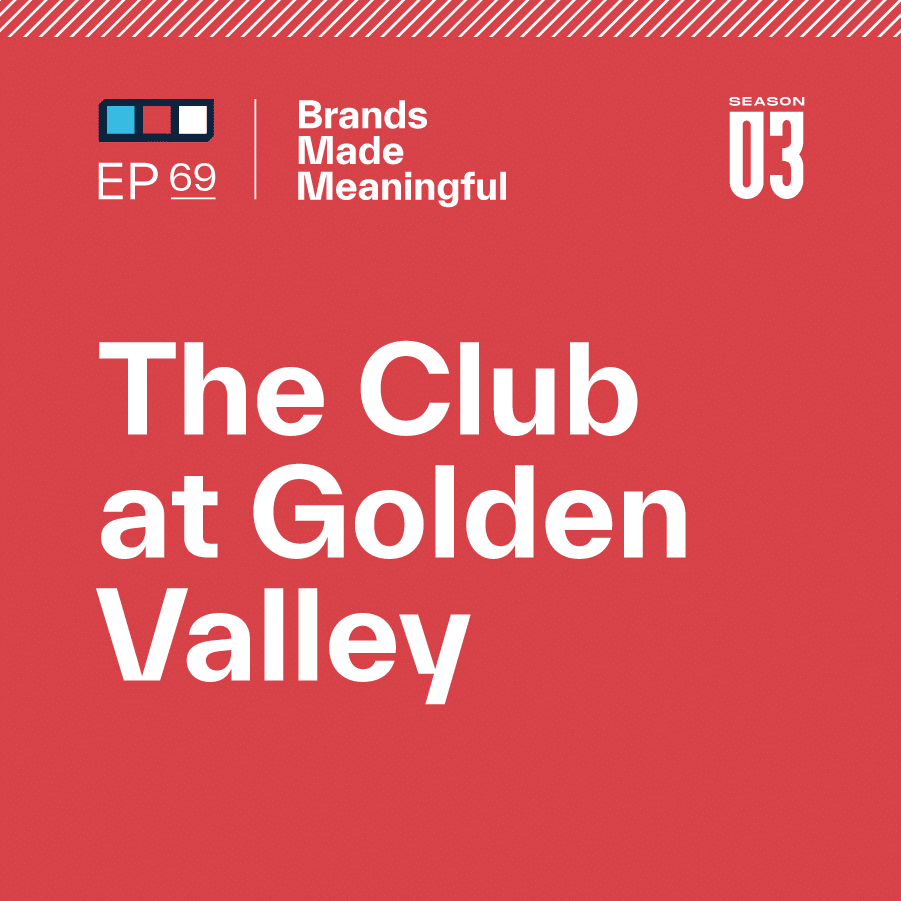
The Club at Golden Valley
Episode 69
Derek and Tucker take a close look at one of our recent rebrands.
To the The Club at Golden Valley’s brand in action, view this video.
EPISODE TRANSCRIPTION
This is a club for which we’ve done comprehensive work. So whenever someone comes to us and says, Hey, what does this look like if I’m going to completely rebrand my club, this is the case study that I always want to show them.
Derek Today we’re going to walk through the club of Golden Valley and overview the process of the actual case study of a brand evolution that we just launched for a club here locally in the Twin Cities.
Expand Full Transcript
Derek Welcome to Brands Made Meaningful conversations with the team at Sussner about how purposeful branding inspires unity, identity, and powerful change for growth-minded organizations. Welcome back to Brands Made Meaningful. We’re back on this new platform we’ve been working in, which is cool because it allows us to share visuals. So today we’re going to walk through the club of Golden Valley and overview the process of the actual case study of a brand evolution that we just launched for a club here locally in the Twin Cities.
Tucker This is a club for which we’ve done comprehensive work. So whenever someone comes to us and says, Hey, what does this look like if I’m going to completely rebrand my club, this is the case study that I always want to show them because it’s a great example of how you can take all of these historic elements and move them forward in a way that’s unique for you guys and unique to your club without necessarily destroying all of the sentiments inside the culture.
Derek Four or five episodes ago, we teased some of this work when we had a brand identity conversation. So today we’ll share some of the steps we took that led to that creative that we shared in Episode 64.
Tucker Overall, just to give everyone a little high level, the Club at Golden Valley, formerly known as the Golden Valley Country Club, and we’ll talk about why that shift has happened – they were going through a transition from their course. Tillinghast course was being completely redone from 2023 to 2024 over the winter here. They contacted us in December or November and said, Hey, here’s what we want to do. We’re trying to re-energize our club. We’re trying to tell our story in a new way so when we launch this new course, when we reopen after we’ve renovated, what does that look like and how do we showcase ourselves for the next hundred years? So this is an over 100-year-old club that wanted a different way of going about it. A little background from the inside standpoint would be this project took us about 4 or 5 months to completely flip over the club’s identity. Very fast timeline for them, a very fast timeline for us, but it was really, really fun work with them.
Derek So, Tucker, what do we do first? I mean, the first thing that we do is discovery and we’re sharing a lot of the results of how we got there. But what are some of the key things that helped us figure out to learn? You know, they came to us and said, Hey, we’re renovating our golf course. We believe it’s time to refresh our identity along with this new golf course. But we then said, well, why? And what are some of the things that helped that we uncovered and how did we uncover them to get to these spots?
Tucker So our first goal is to establish what we’re doing and why we’re doing it and then how that’s all going to affect out. So what came out of our approach was we need to do surveying, we need to do interviewing, and we need to do a full audit of what’s going on from a brand side. So for our team, we did interviews one-on-one with about 30 members saying, Here’s what’s going on. Give us some insight. What’s this club all about to you? Where do you think it’s going? What really makes a huge difference? And then the surveying that we did was focused on the brand, what’s working and what’s not working. Things like asking questions about the logo and how that all works and their old logo, and we’ll get to that in a second, was a crest. And asking each piece of that crest, Does any of this mean anything to you? Does any of this resonate with you? We asked questions about the name. We asked questions about all of the assets that we looked at. The biggest thing that we heard was that the core assets of the brand – the name and the logo – were not resonating at all with who members felt the club was and what that all meant. So going through that process of having survey information that then validated our interview information that said, Hey, we need to reformat our name. Do we need to do a whole shift or do we not? So what we asked was what part of the name is not working for you? And overwhelmingly it was this country club sentiment. So Golden Valley Country Club – people are saying, I don’t like country club. I don’t like people saying I belong to a country club. I go to a country club. I am a country club person. That did not resonate with their culture. That did not resonate with the type of people that they find themselves with. That’s why this shift, the first thing we did was to say, What is the name that resonates? And what the club landed on was the Club at Golden Valley because that felt authentic and comfortable to them and their membership.
Derek In that transition and evolution that you just described, they experienced a substantial membership turnover dating back I think it was seven or eight years ago. There was a turnover of enough of a population of the membership where the people that were coming in and then continued to come in, specifically during Covid, were quite a bit younger than the existing membership. So the average age of the club became something like 15 years younger over the course of this handful of years. And what we learned in talking to the members and in these interviews is that the younger generation of members, as those people were looking towards the next ten years of their membership at this place, wanted something and cared about things that were a little bit different than what the older generation members of the club were used to.
Tucker You’ll see it on the screen here, but it says taking the brand from tame and traditional to loud and proud. That’s what we heard across all three parts of research. When we talked to everybody, people kept saying, we’re really traditional. We’re really not who we are as people, as our culture or the way that we look doesn’t represent us. So the way that our logo looks doesn’t really represent us. And then when we did a brand audit and said, look at all these materials, look how dated these look, look how traditional they all look. They look very calming and very subdued. Whereas what we heard overwhelmingly was we’re a loud club. We’re people who love to have a good time. We love to be very vibrant and move that forward. So a part of our first phase with them was not only to do a bunch of research and do a bunch of discovery, that’s great, but also build a strategy that moves them to where they need to go. So what needs to change? How does it need to change? You’ll see on the screen where it says more high fives than golf claps. That is our rally. And here’s where we’re going. We’re more high fives than golf claps at this club. That means we need to shift all of our materials, all of our brand components, down this more vibrant direction. This includes internal things like stories and positioning. We looked at other clubs in the area to say what can we own? What is something that’s going to resonate with this market and move down that direction for the specific type of member that they want? Those are all internal pieces, but that led us to this shift here where you go from the traditional crest that has a golf club and their course designer and waves and leaves and this crest that has their established date to it. Golden Valley Country Club now being the Club at Golden Valley and represented by this horn. And I’ll let you talk about the horn a little bit, but there’s this idea that we’ve been around for a long time. This is how we’re remaking ourselves and this is what we need to look like moving forward.
Derek For people who are listening to this and not able to watch what we’re showing on the screen, on one side is what the current or former core logo for Golden Valley Country Club looked like. And on the right-hand side, we’re showing what the brand-new primary logo for the Club at Golden Valley looks like. One notable piece of this that also came out of the research that we did, that of the former logo, the only piece of that that really, really resonated with members, that members did feel strongly about with respect to this mark and their history, was the established in 1914 date. The longevity of the club, especially within the community, resonated. They’re one of the second or third, maybe the oldest club, in their area. And you can see in the new one that the established date is one component that we did carry forward.
Tucker When we look at these clubs, across all of the case studies that we have or all the work that we’ve done with clubs on their brands, the commonality is that the people who don’t have things like silos or lighthouses or what they would call course landmarks come to us and go Good luck, we don’t have a landmark. I don’t even know what you do with a logo if you don’t have a landmark. And that’s so funny to me. So for a Golden Valley, and you could talk about their landmark a little bit, they didn’t have a hardcore silo, farm grain or barn, or any of those things that they could lean into as a rallying piece. But we landed on something I think is pretty interesting and unique to them for sure.
Derek One of the reasons that we look at a landmark goes back to how we approach brands in the first place. With that combination of being authentic, relevant, and surprising, that authentic piece ties it back to something that is truly theirs, something that they relate to, something that lives or exists on their property, something that they positively associate with. So Golden Valley does have one landmark, and that’s a set of train tracks that run right through the middle of the course. The train is actually in play. It’s an active train that I think they said passes through 2 or 3 times a day. And it is absolutely in play as that train is going by. Some insider knowledge to share with you is that we actually did pursue an identity concept around the idea of a train because that is something that’s authentic to them and it is relevant. It turns out the train is not something that enough of the members associate positively with. It brought out more of a sense of frustration and challenge than something they embraced. But you’ll see as we go forward, that train showed back up again in a more appropriate part of the identity. If you look at the G and the shape of the G, we call this the rally horn. Part of this was inspired by a specific five-hole loop on the golf course that members play. And the members refer to that loop of golf holes as the horn. So to make it a literal horn, which is also in the shape of a golf tee, the literal horn represents to us an invitation to this vibrant work hard play hard community of membership. It’s a G that stands for Golden Valley. And it’s also that loop. The turn on the bottom of the G is a direct reference to their horn. So I think it’s got a little bit of authenticity, a little relevance. And when people see that horn inside the horn and they associate it with the golf course, we also land on that component of surprise nicely too.
Tucker The overarching sentiment of this brand shift for them is approachability. We want to look more approachable. We want to look fresh. We want to look different. We don’t want to look like every other country club. And when we went through our discovery process, something that really stuck out to me was how approachable this five-hole loop was. So for most people who golf, there’s this level of, well, if I get to play nine holes, I’m going to end up playing for two hours. If I’m going to do 18, that’s going to take 4 hours of my day. But for them, they have this five-hole loop where most people say, Well, if you have an hour, you can run out there, play five holes, and you’ll be back at the clubhouse before you go on to the next hole and you can just be done there. That level of approachability to them is a huge part of their culture. To say you might not be able to play nine, you might not be able to play 18, but if you can play at all, you should. And this idea of playing and getting out there was a huge part of what they resonated with this. So for us to lean into this kind of more abstract here is the horn, it’s not the literal five-hole loop, but it represents all of the approachability and then also this rally cry to come play.
Derek Well said. So the next thing we did was look at messaging – member-facing messaging. How does the brand of the Club at Golden Valley speak? How does it express itself in language? And experience life well played is the theme line, the motto. I hesitate to call it a tagline, but I think a brand motto might be a good way to describe how it encapsulates the sentiment and the spirit and the culture of the membership that exists at this place.
Tucker On the back end, what we’re doing is taking the brand architecture of the whole club and saying, okay, we have these amenities here. We have these services here. Here’s what’s important. We’ll talk about tournaments in a second. But what we do is we lay that all out on a piece of paper and go, where do members need to be communicated with and how are we going to communicate with them in our own unique way? And that’s how we build out all the messaging for these clubs. So what we try to do and you’ll see some of these headlines in here. Play your best hand. They’re a huge cards-playing club. Rally in the Valley. This is a huge tennis type of direction on how we’re going to do that. They have a pool and things for kids – it’s swim splash smile. So there’s this level of food and play and golf. So when we go through all of those pieces, we have to figure out what is good brand messaging for each of these amenities, each of these offerings, and then how do they all tie together and then how do we pull them into one voice so that when you get emails and when you get communications, it kind of feels like, wow, yes, this is the club. This is my club talking to me in that unique way. So we do a lot of work in the back end to give their communications team the tools they need so that they can communicate properly with members.
Derek Then we start building out with that. And I think the messaging inspires what I’m showing now, which is the whole start of the identity system. You know, people say brand, they think logo. Brand encompasses way more than logo and a key part of that is messaging. Another key part of that is all the other graphics and design items that visually help express this brand in all of the appropriate ways. So what we’re showing on our screen, in addition to the primary rally horn G logo that you can see in the middle, are all kinds of supportive additional pieces that for this club express their sense of charm, their sense of charisma, their sense of spirit and culture. So you’re seeing secondary, what we would call badges, address block setups, and icons for the whole amenities system. So icons for things like racket, sports, pickleball, beverage, and food and dining. And a lot of these now show up in merchandise. A lot of these you’ll see in some of the images that are coming up which also start to inspire the variety of ways of merchandizing. We talk about how different people, different members are attracted to different things. And so the primary logo, being the only logo that gets embroidered or used on your merchandise and your marketing materials, is extremely limiting. One of the nice things about expressing an extension of that brand is you’ll ultimately find something that will resonate with everybody.
Tucker For those who have tried to brand out an entire club or you look at all the amenity areas and you say, okay, what are we going to do? Are we going to put our primary logo on everything? And that’s the way that a lot of private clubs have done it. The way that we’ve found success is by building these icon systems. You can have the primary on things, but think about like menus and towels and the windscreens on racket courts and all of these different areas that could be branded in a unique way that could have this little flair of your club and your culture. We try to build that into the identity system to say these all have to work together. They all have to look cohesive. But we want you to feel like you can play around a little bit with these and mix and match and move these around. And so as Derek said, you can look at all these icons and go, okay, well one’s an upside-down tee with a flag coming out of it – that represents our golf culture. That’s a little bit untraditional, though. They take a different approach. They’re a little bit more vibrant. It’s a little more casual of an approach for a golf look versus maybe the swim or the tennis or any of those types of looks. We just kind of talked to each of the committees to understand what’s going on. What are you guys all about? Even more nuanced than the club at large, and then build some elements that allow them to have their own type of identity inside the club.
Derek Rest assured, with this deliverable comes a brand guideline, a brand book that helps instruct and guide when and how to use all these items. At first glance, some people see examples of these more comprehensive visual identity systems and they get super excited because they can envision all the ways these different graphics and logos and icons get used. Other people, especially the ones that are in charge of implementing this who may be a little limited in the capacity of how much time they have in a day, at an initial glance, this can look a little bit overwhelming to them. And this is not intended to be overwhelming. It’s intended to be helpful.
Tucker This idea of how these things all come together. So in the background, what you’re not seeing here is we come up with patterns and textures and different fonts and all of those rules that Derek just mentioned. Those all get put to use, to showcase here’s what this could look like. So you’ll see things here like a checkered badge that represents a little bit of the nuance. If you know anything about the city of Golden Valley, we did our research, digging into the background. They’re big into the mid-century modern design. So we pulled a little bit of that in within some of these components. There’s a lot of research that goes into the back end for us. If someone goes, what do you do with two months’ worth of research, we pull it all out in these identity systems. We pull it out in the way that we look at colors. For them, it was navy, orange, and this blue that represents the sunsets that everyone talked about during our interviews, and the blue skies that everyone alluded to in our surveys. And that navy is this foundational color that we can use that leverages a little bit of this 100-year past moving forward. So there are a lot of pieces that come into this, but this page is showing how we pull all of those components together to build something that looks like a brand.
Derek This is a super fun part of this particular project. And this is what we touched on in our podcast in a handful of episodes where we took now the primary logo, that whole extended brand identity system, and then leveraged that to design specific marks for this club’s six different tournaments throughout the year – member/member, member/guest, new member events. And then you can see in the bottom right the train showed back up, which we’ve now lovingly named the Iron Man and the Iron Woman for the Superintendent’s Revenge, the toughest tournament of the year. We talk about how all this different sub-brand architecture still needs to be appropriate within this Golden Valley brand identity. It still needs to support the club’s vision and the perception that we’re working to create and the look and feel that we’re working to create, but then to also make sure that we’re giving each of these events its own identity because each of these events is very different from each other and they mean something different to each of the members.
Tucker When you look at a membership, there are pockets of people. There are pockets of personalities. There are different types of people. There are different personas that come out of all of these memberships. The goal with the master brand, the primary logo, the primary name, and all the other stuff is to satisfy those all across the board. That is our ultimate goal. If we could get everyone happy about it, that’d be awesome. The tournaments that we do for clubs, this is an opportunity to pick and choose the pockets that are really, really special. So when we came back at this, there was a pocket of people who loved the golf course designer. And so going back at that and saying, okay, if there is a tournament called the Tilly, what does that look like and how do we lean into his personality and give that pocket of people just something that they can adore and they can buy a hat and they can wear it and they can love that to death. And when you look at, what do you mean, you can buy the merchandise for all these all of these, the idea is that you can merchandise them all, but then they also have that primary logo somewhere on the side or they have somewhere on that material. So it allows us to really lean into certain things that can resonate with different groups and then lean into a unique story like you’re saying for each one of these to allow us just to make that club feel even more abundant in their offerings and in their experiences.
Derek I just got a preview of the PIN Flags for Golden Days, which is the club’s premier member/guest event that’s coming up here in a month or so. And they look really, really nice. Speaking of looking nice, the final step is us implementing this and now executing and extending, amplifying all of these brand elements and pieces throughout all of the places and spaces that members and guests and staff interact with on a daily basis. And this is still ongoing. Tucker, you mentioned the average time frame, or for this club specifically, it was a four- to five-month process that was including all the work that we’ve shown you up until about now. The next step, where a bunch of it has been completed, but we’ll go on and continue for a little bit, is this activating of the brand within the club itself.
Tucker If you flip through the next couple of pages, it just shows where this all goes and how this gets implemented across things, across food and beverage, across merchandising, across all the areas. We call it the corners of the club. How do we fill all those corners, making sure that everyone sees it across signage? When you get new member packets, what does that look like? So we did a lot of work with them to figure out the process of someone from when they come on their first visit to when they’ve been a member for years, what do they get and how do we communicate it and how do we make sure this brand doesn’t just die on the vine? That’s our goal with activation and building out. This is just a snapshot of all the menus that we did for them – renaming the menus, figuring out how we’re going to lay them out, and all the icons that go with them. There’s a lot that goes there. But for us, the activation portion is really, really critical for this whole process. It would be great to say, let’s just give every club a brand guideline set and say, Go for it. But they’re so busy, they have so much on their plate already. There is this level of it that needs to be activated. It needs to be properly put into these corners of the club so that we can move it forward.
Derek This is a brand we’re super excited about. I think we could talk about it for longer than people would be interested in listening. So, for people who are interested in more details, we would love to invite you to visit our website. Go to Sussner.com/work and you can see even more details and images and examples that take you through this case study for the Club at Golden Valley. Thanks for listening. That’s a fun one. Sussner is a branding firm specializing in helping companies make a meaningful mark, guiding marketing leaders who are working to make their brand communicate better, stand out, and engage audiences to grow their business. For more on Sussner, visit Sussner.com.
More Episodes Like This
Reclaiming Reputation Through Brand RevitalizationEpisode 85
Derek and Tucker discuss the potential that a branding initiative can have to restore a club’s reputation.
Branding The Club with Don KovacovichEpisode 84
Don Kovacovich, GM of The Club at Golden Valley, joins Derek & Tucker to discuss the impact that rebranding has had on his club and the opportunity it presents for other clubs
Changing a Club’s Membership ModelEpisode 83
Derek and Tucker discuss key considerations and challenges when changing your club’s membership model.
Connecting a Club with its Story with Jackie CarpenterEpisode 82
Derek and Tucker are joined today by Jackie Carpenter, author of People First.
Branding a Club AnniversaryEpisode 81
Derek and Tucker discuss the unique opportunity presented by milestone and anniversary dates for private clubs.
Private Club Storytelling with Ricky L. Potts, Jr., CCMEpisode 80
Derek and Tucker have the pleasure to speak with Ricky L. Potts Jr. about how powerful storytelling can be for your club members.
Opportunity in Club Facility RenovationEpisode 79
Derek and Tucker discuss pivotal key moments in your legacy and how to transform your story through renovation.
The Evolution of Club Members with Jon LastEpisode 78
Derek and Tucker are joined by Jon Last from Sports & Leisure Research Group to discuss the evolution of club members.
Member Branding vs. Product BrandingEpisode 77
Derek and Tucker discuss the challenges their client's have moved through when approaching differing styles of branding.
The Role of a Private Club's LogoEpisode 76
Derek and Tucker take a look back on private club logos they've designed over the years and explain the strategic reasons behind their choices.
Club Brand GovernanceEpisode 75
Derek and Tucker divulge the steps to evolving your brand while retaining your core values.
Seasonal Member MerchandiseEpisode 74
Derek and Tucker take a look at crafting specific merch to celebrate landmarks and special times of the year.
Who is Sussner?Episode 73
Derek and Tucker take a break from talking shop to talk about who they are and what they stand for.
Club Identities Beyond AmenitiesEpisode 72
Derek and Tucker discuss what it takes to stand out in unique ways for your club.
Little Things Mean EverythingEpisode 71
Derek and Tucker take a look at the often missed and easy to overlook.
Build Flexible Brand SystemsEpisode 70
Derek and Tucker break down the building blocks for long lasting branding.
The Club at Golden ValleyEpisode 69
Derek and Tucker take a close look at one of their recent rebrands.
When to Launch a Club RebrandEpisode 68
Derek and Tucker break down how to find the perfect timing when launching a club rebrand.
Steps to Launching a Club RebrandEpisode 67
Derek and Tucker break down the steps to take and the reasons why you should consider a club rebranding.
Brand Marketing vs. Brand DesignEpisode 66
Derek and Tucker define the line between marketing and design and how they intersect to inform one another.
Building Brand GuidelinesEpisode 65
Derek and Tucker show us how to build infrastructure guidelines to unify your brand experience across the board.
Club Identity SystemsEpisode 64
Derek and Tucker cover what Identity Systems entail and how to discern between internal and external methodologies.
Navigating Branding With a BoardEpisode 63
Derek and Tucker bring clarity to uniting your company under one cohesive vision.
Putting a Committee TogetherEpisode 62
Derek and Tucker assemble your need-to-know facts when putting together your committee.
The Guiding Principles of Private ClubsEpisode 61
Derek and Tucker go over the top ways private clubs can find the balance between pleasing old members while attracting new ones, all while making moves towards the future.
How Color Affects PerceptionEpisode 60
Derek and Tucker cover how to best convey your business with color.
Brand EcosystemsEpisode 59
Derek and Tucker break down how to craft effortless experiences when considering your brand as a whole.
6 Types of Brand TransformationEpisode 58
Derek and Tucker dive into 6 distinct types of transformations for a wide range of brands.
Tournament Branding For ClubsEpisode 57
Derek and Tucker discuss designing and delighting your club members with tailored events.
Brand Promoters & DetractorsEpisode 56
Derek and Tucker discuss how high level promoters increase your NPS and how to turn the tides on your detractors.
The Loudest Voices in the RoomEpisode 55
Derek and Tucker talk about gathering feedback while prioritizing every voice.
Determining A Primary AudienceEpisode 54
Derek and Tucker discuss if and when you should be honing in on your audience vs. casting as wide a net as possible.
Branding For ExclusivityEpisode 53
Derek and Tucker discuss the intricate process of naming your brand.
Measuring Brand SuccessEpisode 52
Derek and Tucker discuss how we measure our success in branding and a few key KPIs that help us understand our impact.
Branding For ExclusivityEpisode 51
Derek and Tucker breakdown how brands can create the perception that they are exclusive and only for a certain type of consumer.
What Makes A Brand SurprisingEpisode 50
Derek and Tucker break down the Sussner formula that we believe leads to a surprising brand.
Breathe Life Into Brand TraditionEpisode 49
Derek and Tucker discuss the intricacies and common pitfalls of branding for Private Golf Clubs.
They Key of Visual DifferentiationEpisode 48
Derek and Tucker break down the importance of differentiating your brand on a visual level.
Branding For Private GolfEpisode 47
Derek and Tucker discuss the intricacies and common pitfalls of branding for Private Golf Clubs.
Dealing With An Identity CrisisEpisode 46
Derek and Tucker breakdown how to identify and remedy a brand's identity crisis throughout thoughtful and intentional brand management.
Branding vs MarketingEpisode 45
Derek and Tucker discuss the differences between Branding and Marketing and how to make the two compliment each other.
Build Your Brand's FoundationEpisode 44
A brand's foundation is a critical element in being successful in the long-term.
Building a Constructive Branding ProcessEpisode 43
Derek and Tucker break down the steps required to build the most constructive and meaningful branding process.
What Makes a Brand Relevant?Episode 42
Relevance is a key piece of a brand's identity for creating clarity and connection.
Your Right to WinEpisode 41
Derek and Tucker discuss the “Right to Win” and the odds of your brand's success within your target market.
An Intro to Sub BrandingEpisode 40
Derek and Tucker discuss the nuances of developing sub-branding and strategies.
Conquer Branding FearsEpisode 39
Derek and Tucker dive into how to overcome the fear of change and the nature of constant refinement of your brand.
Balancing Strategy & DesignEpisode 38
Great strategy is a necessary foundation for great design—and great design brings great strategy to life.
Branding PrioritiesEpisode 37
Branding priorities are the actions and initiatives that shape or enhance a brand's identity, perception, and market position.
Invest in Your BrandEpisode 36
Investing in your brand benefits your company as a competitor in the marketplace, builds trust with customers, increases perception of quality, and drives employee engagement.
Why is Positioning Scary?Episode 35
Narrowing the brand's position is really a strategic decision to focus the brand's offerings, messaging and target audience on a specific niche or segment within the market.
What Are Brand Consultants?Episode 34
Derek and Tucker discuss the importance of hiring expertise with a wider breadth of knowledge than just visuals.
Hire for Brand FitEpisode 33
Hiring people that fit your brand is key in order to maintain brand authenticity, positive culture, and consistent messaging.
Your Brand’s Stance MattersEpisode 32
Your stance can help define your brand from a core level and make branding, hiring, and marketing not only easier, but more meaningful.
Levels of Executing a Brand RefreshEpisode 31
If you have a brand strategy in place, how do you execute it?
The Role of Features & BenefitsEpisode 30
Derek and Tucker discuss the importance of features and benefits within the context of branding, selling, and marketing your products and services.
Should You Listen To or Lead Your Customers?Episode 29
Within the challenge of any rebrand is the challenge of managing customers' perception of change.
Managing a Brand TransformationEpisode 28
Episode 28 discusses the highlights and challenges of rolling out a new brand, both internally and externally.
Living Your BrandEpisode 27
Your brand is not this shiny trophy on the shelf. It is something that you are molding every single day.
What Makes a Brand Authentic?Episode 26
Season 2 starts off with a discussion about building authentic brand experiences, both internally and externally.
Reviewing your Competition's CreativeEpisode 25
Derek and Tucker discuss the process of reviewing your competitors' creative strategy to better position your brand within the market.
Interviewing your Audience for InsightsEpisode 24
This episode details the process and benefits of interviewing your audience as part of the branding process.
Assumption ReversalEpisode 23
Derek and Tucker discuss how we change our thoughts and get into a different mindset to refine and revise our branding.
Developing vs. Amplifying a BrandEpisode 22
Another way to say it is, development is building and crafting your brand story, and amplification is then telling it.
Refreshing a Sporting Goods BrandEpisode 21
This episode shares the steps behind Sussner’s work in refining the Shock Doctor brand.
Defining PerceptionEpisode 20
Derek and Tucker discuss the positive and negative impacts of brand perception.
What is a Brand?Episode 19
Derek and Tucker discuss what defines a brand and what makes them successful.
Branding Golf Courses vs Golf ClubsEpisode 18
Derek and Tucker further hone in on golf course design.
Refreshing a Golf CourseEpisode 17
Derek and Tucker discuss the bar for golf course design – and how to push past it.
Let’s Talk Taglines Episode 16
Derek and Tucker talk taglines in today's episode.
Refreshing an Athletic DepartmentEpisode 15
Derek and Tucker sit down today to discuss what logos mean within branding.
Branding a Club Episode 14
Derek and Tucker discuss how to brainstorm branding a club.
An Intro to Internal Branding Episode 13
Derek and Tucker discuss the power behind internal branding.
The Value of Stereotyping Episode 12
Derek and Tucker sit down today to discuss the meaning of stereotyping within the branding world.
We’re on a Mission Episode 11
This episode digs into the rallying cry for the greatness your team is going to accomplish.
Aren’t Brands Just Logos? Episode 10
Derek and Tucker sit down today to discuss what logos mean within branding.
The Business You Are Really In Episode 09
Derek and Tucker sit down today to discuss how to discover what business you are really in to better understand your mission statement.
Clarity of Vision Episode 08
Derek and Tucker discuss the importance of looking ahead towards the big picture to better hone the purpose behind what we do in the now.
Branding B-2-B Environments Episode 07
Derek and Tucker discuss the Branding of Spaces.
It’s All in the Name Episode 06
Derek and Tucker discuss what a name can say - and not - about your company.
Delving Into Branding Data Episode 05
Derek and Tucker jump into the discovery phase of branding before it hits the drawing board.
Content Made Meaningful Episode 04
Today Derek and Tucker discuss the concepts within content and its common misconceptions such as the phrase "Content is King."
Brand Story vs. Brand Messaging Episode 03
Your story matters.
Visuals That Take The Cake Episode 02
Derek and Tucker sit down to discuss visual impact and what that could mean for your brand.
Are You Different or Distinct? Episode 01
It's not about being the only option, it's about being the right option. Join Derek and Tucker as they discuss Differentiation & Distinction.



